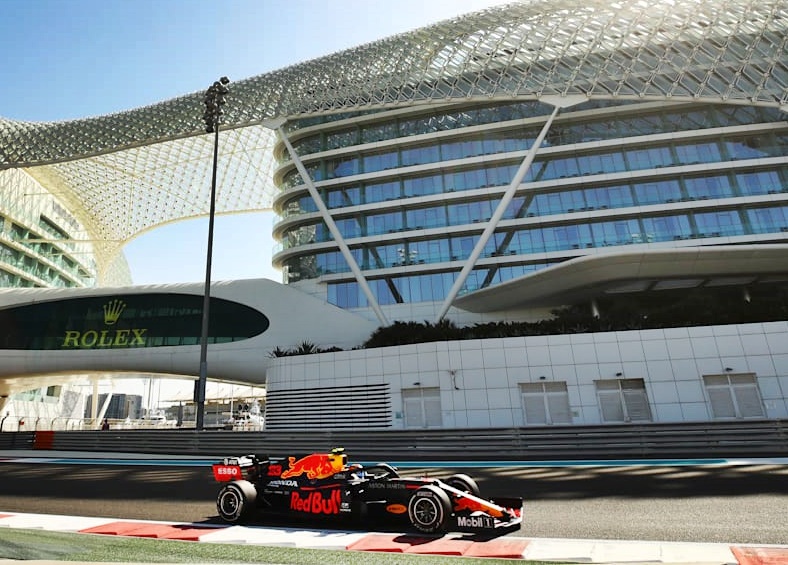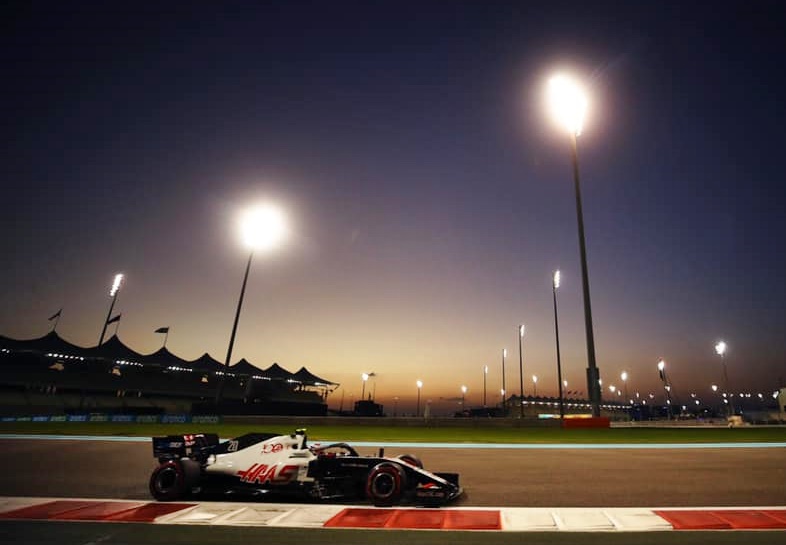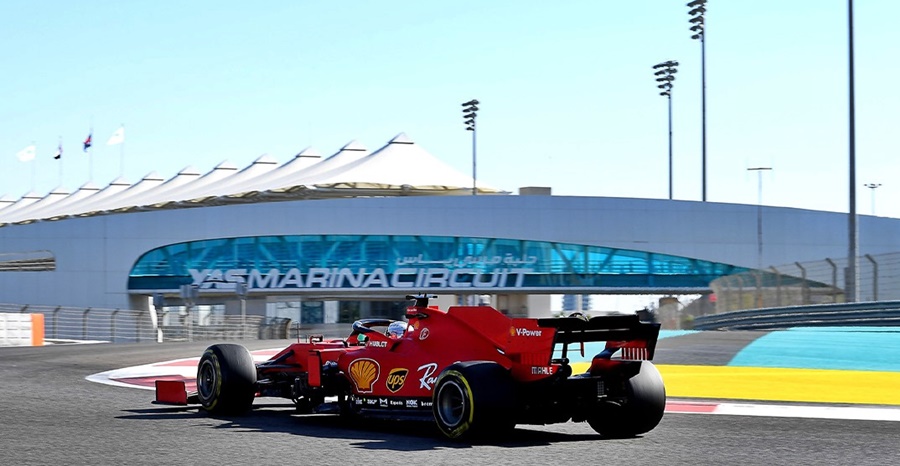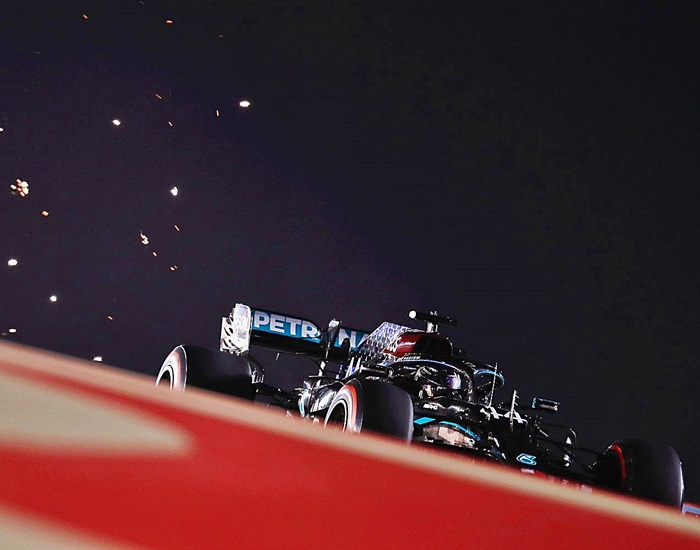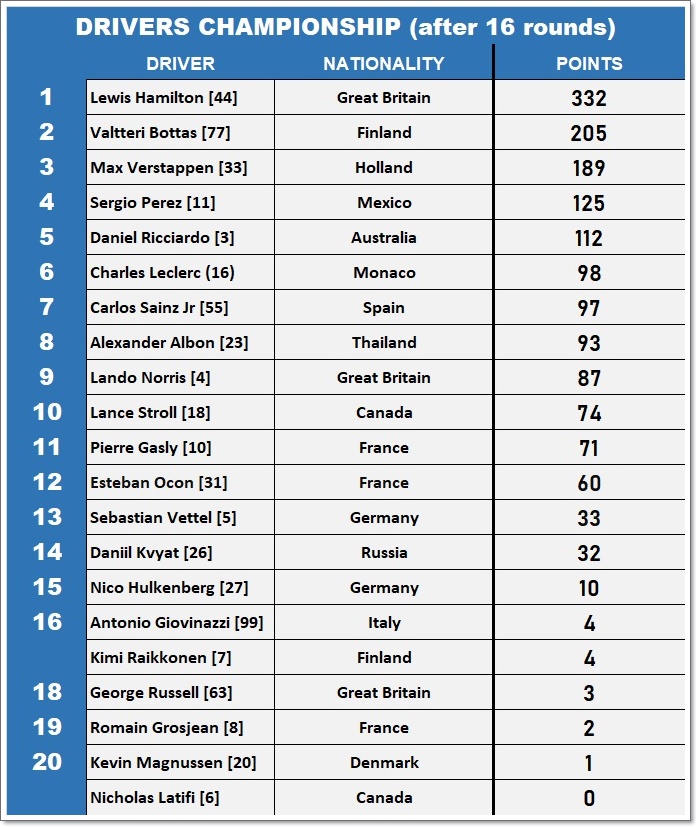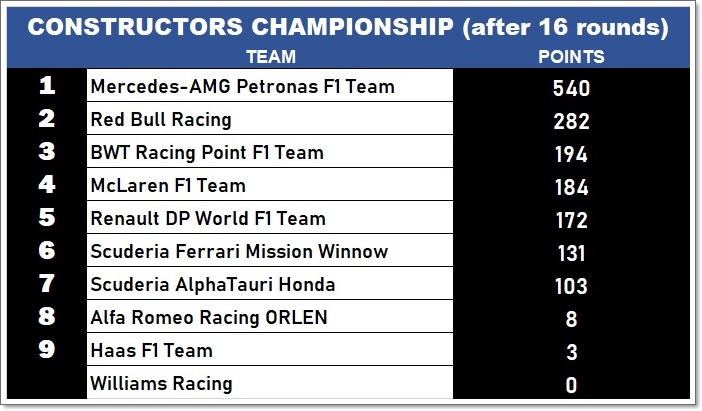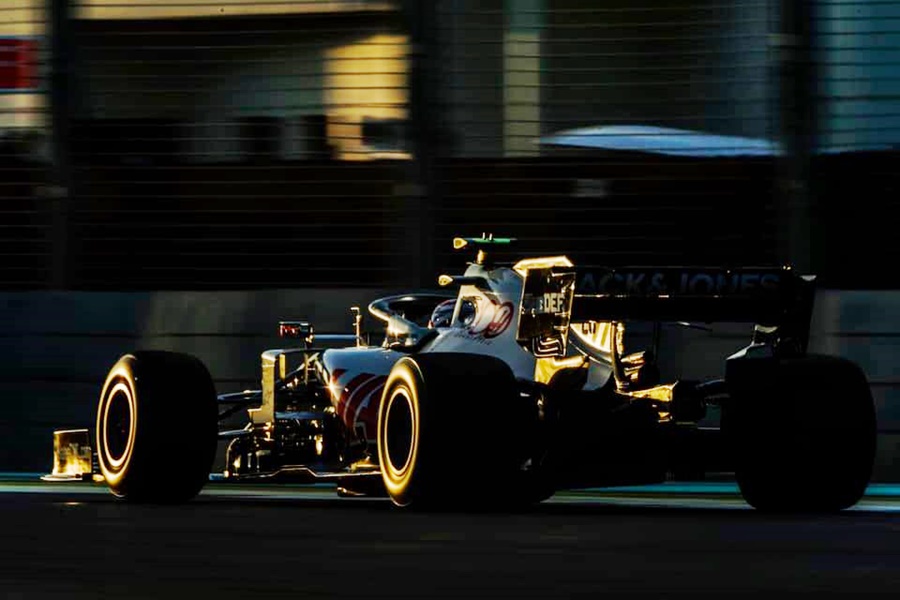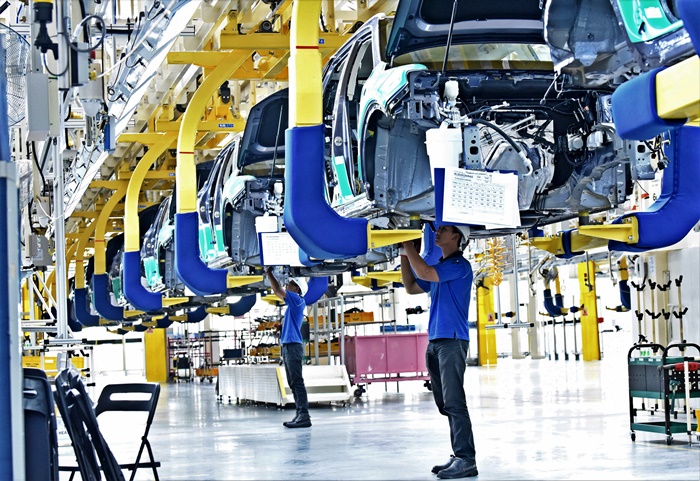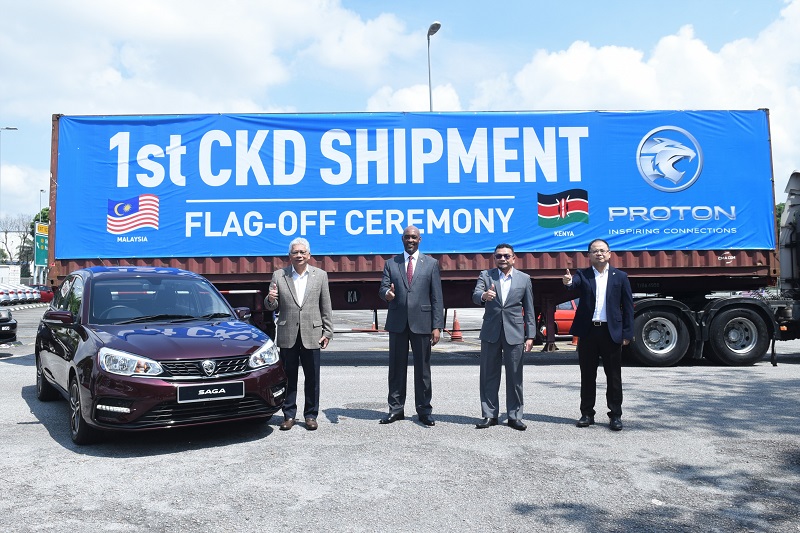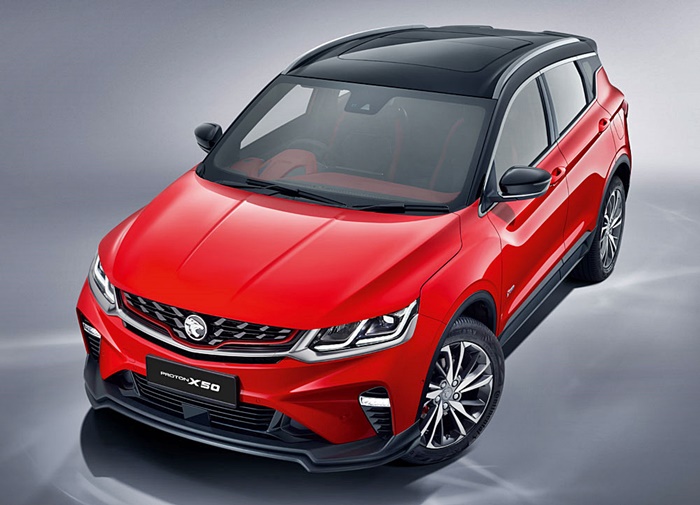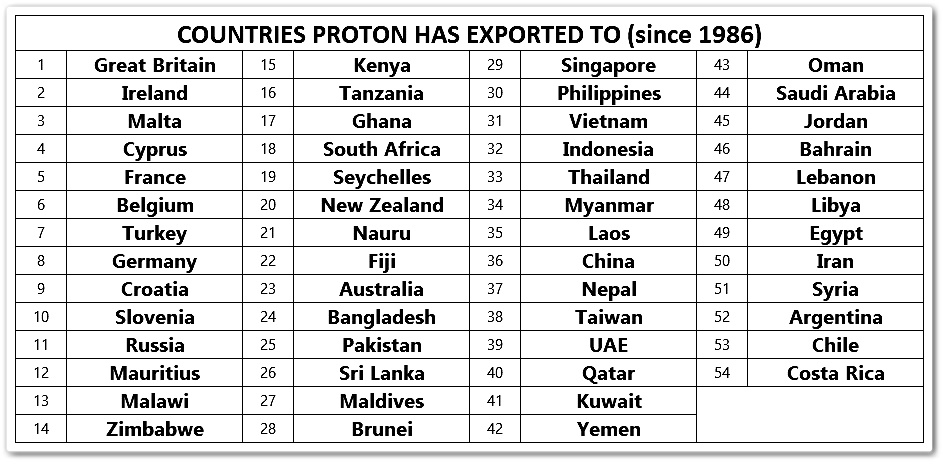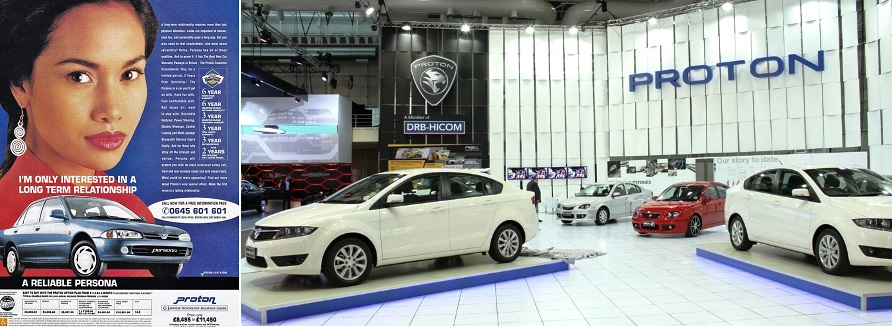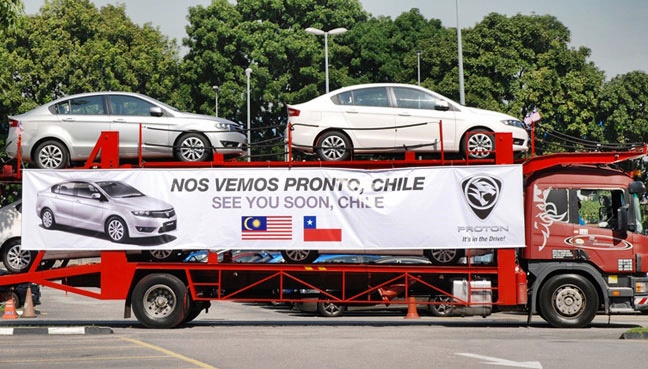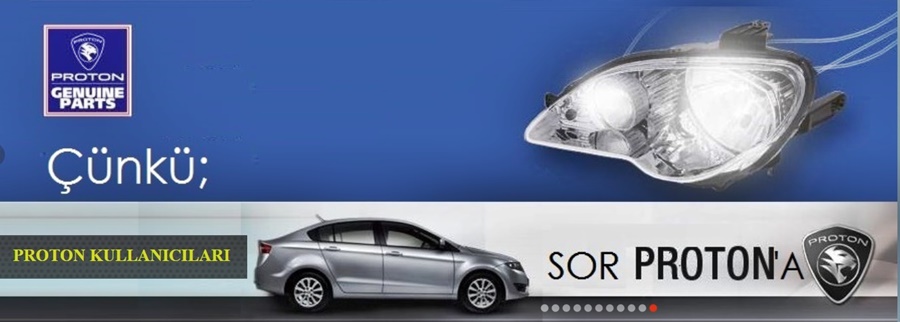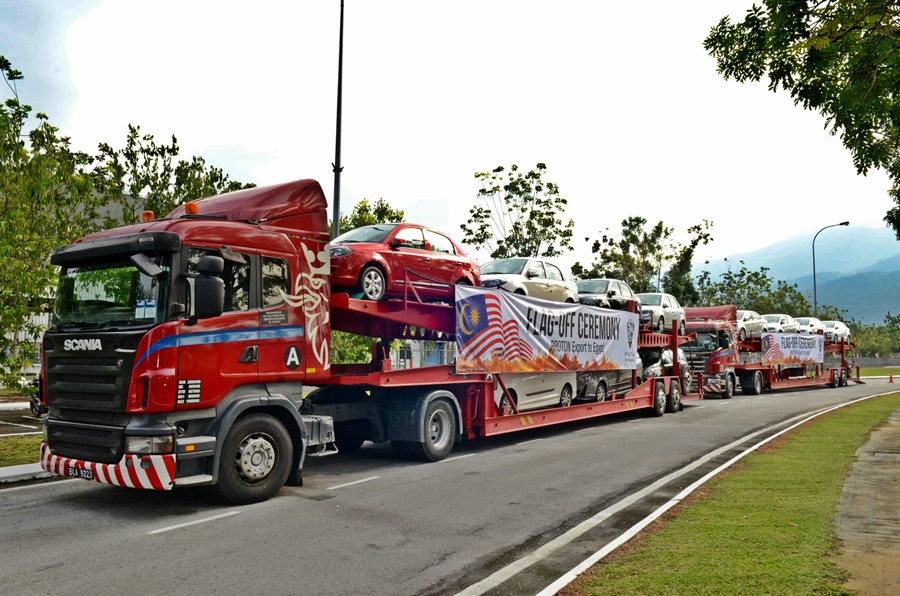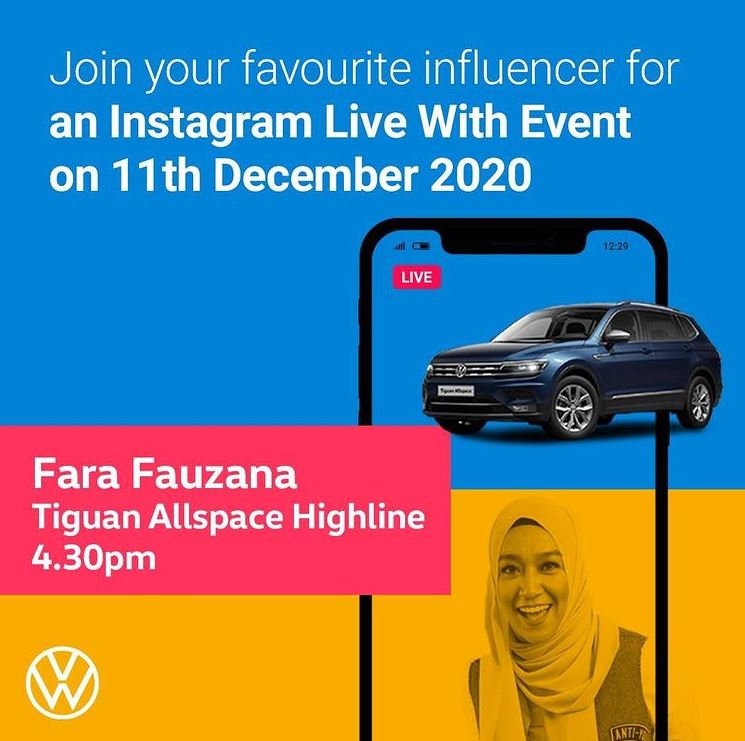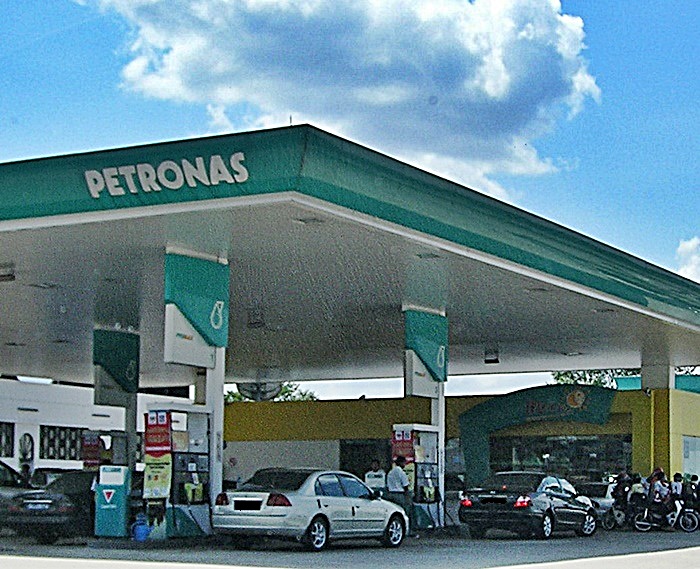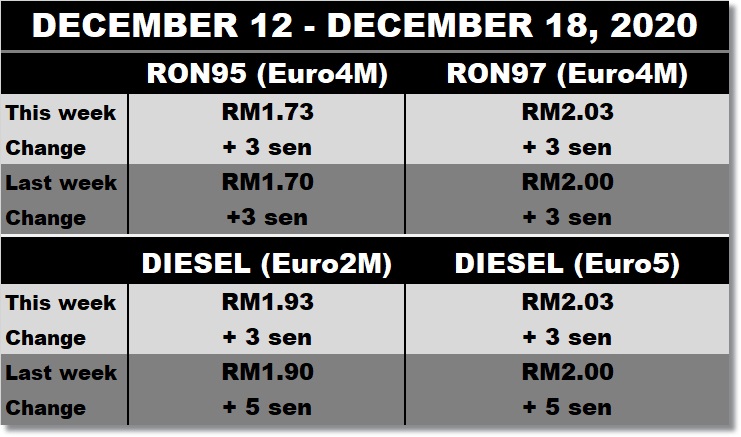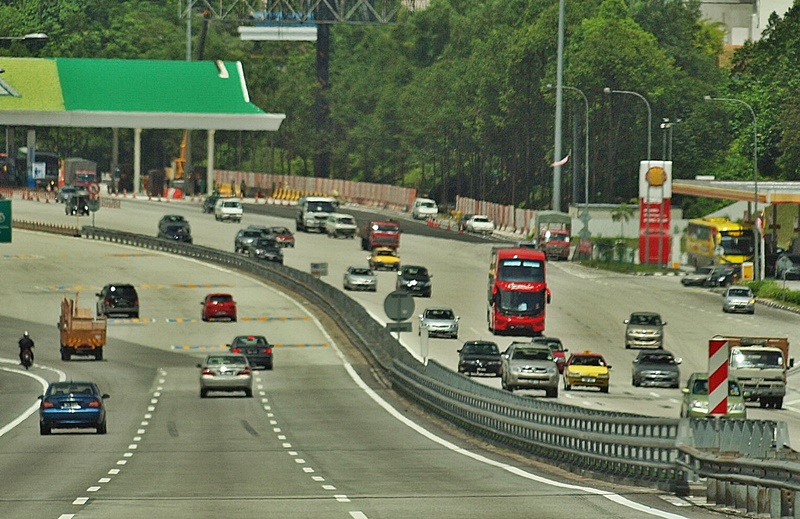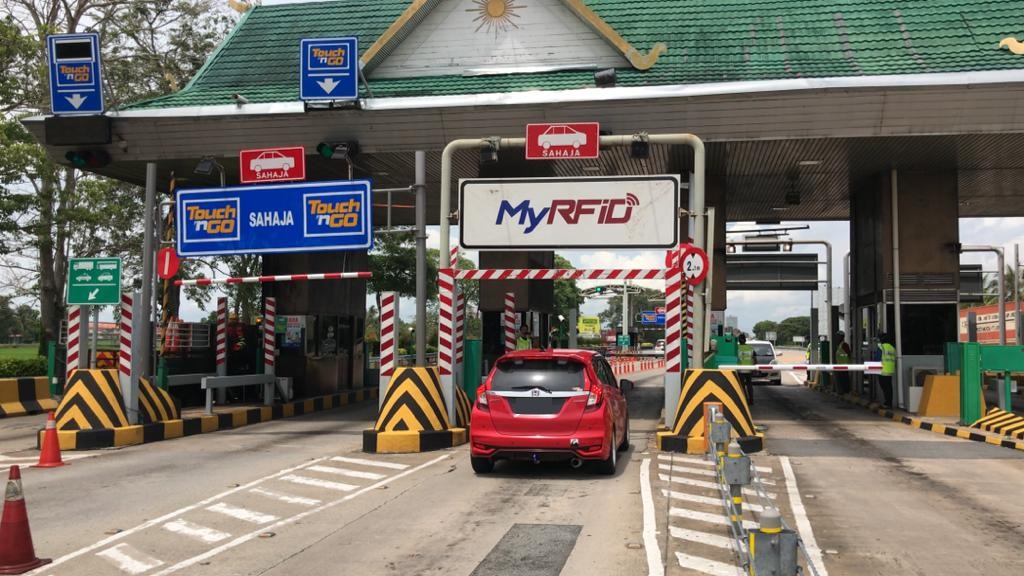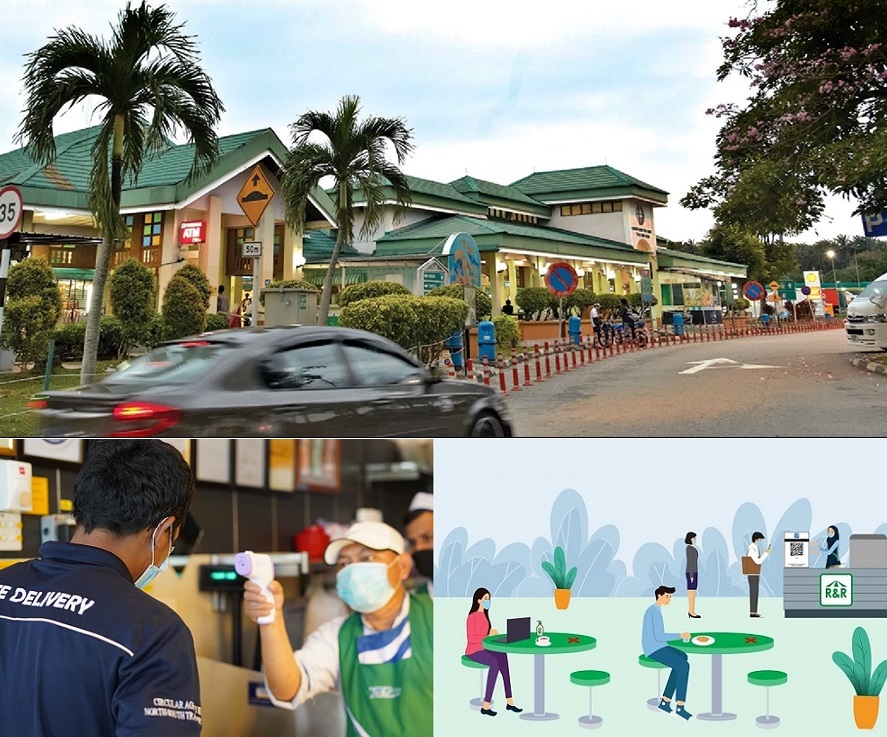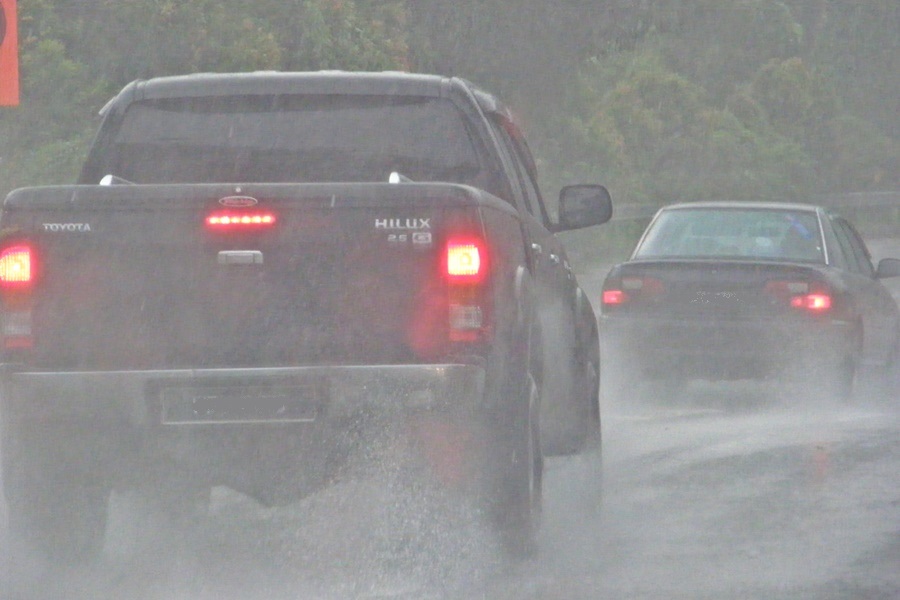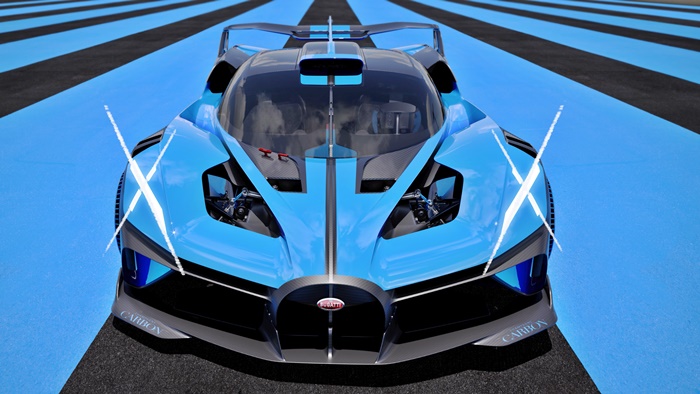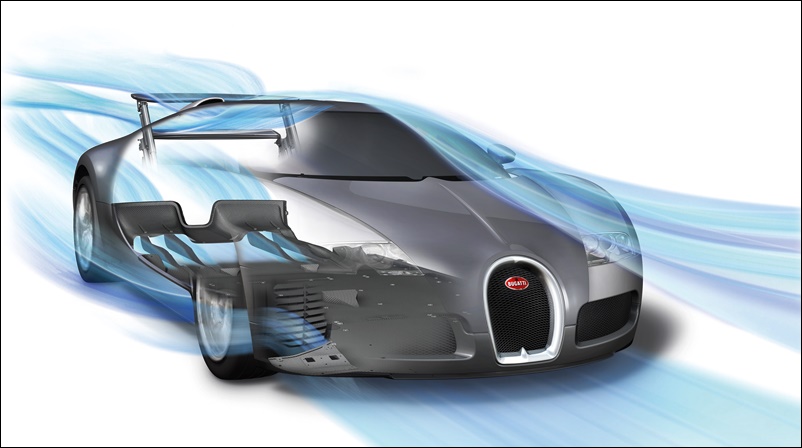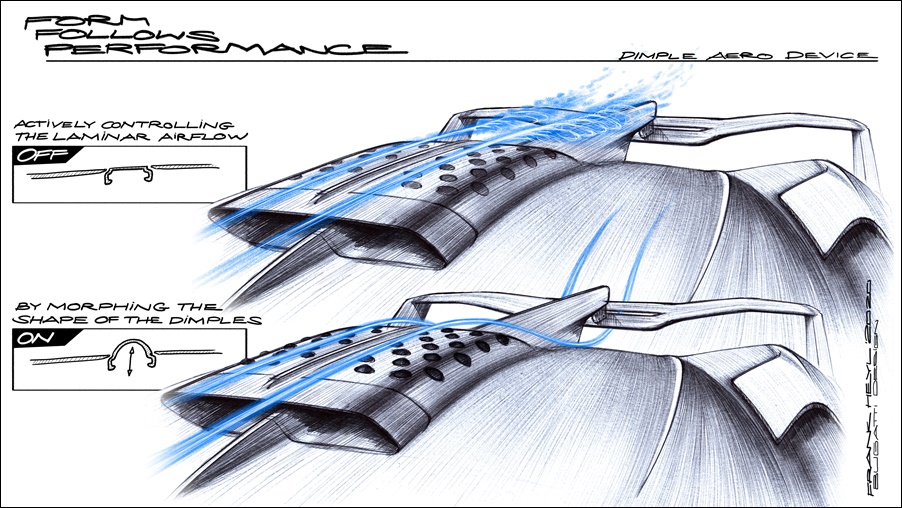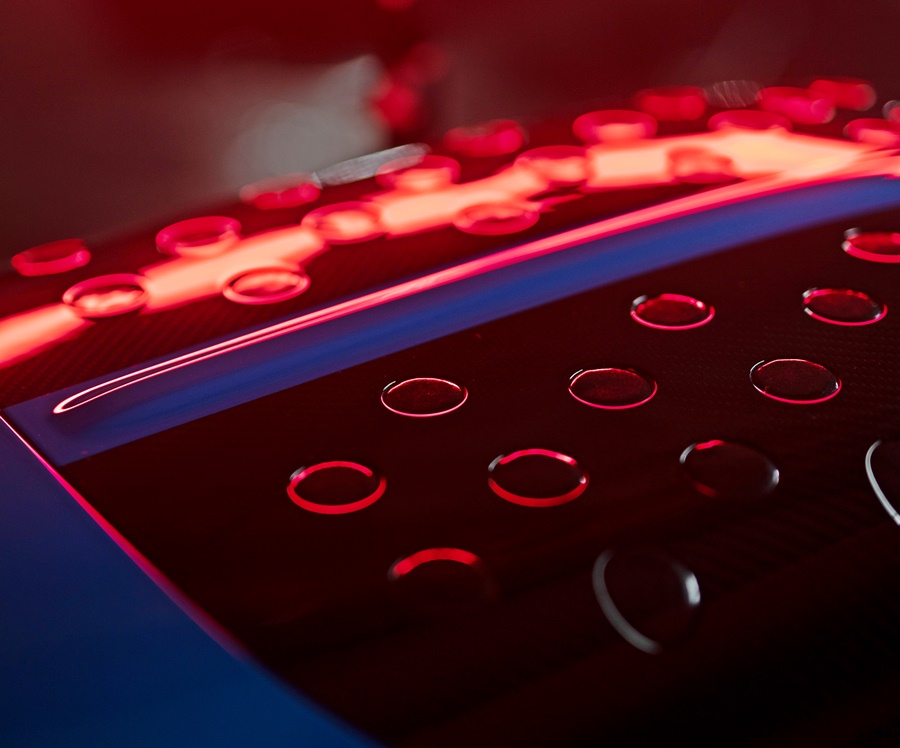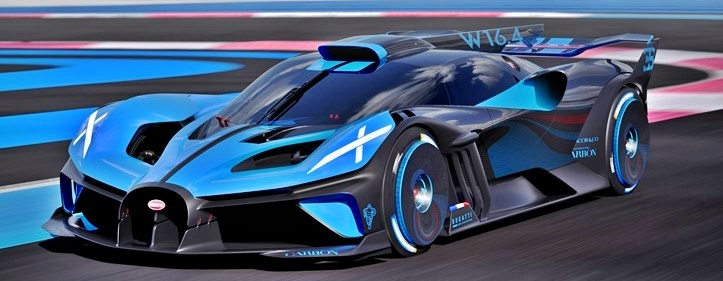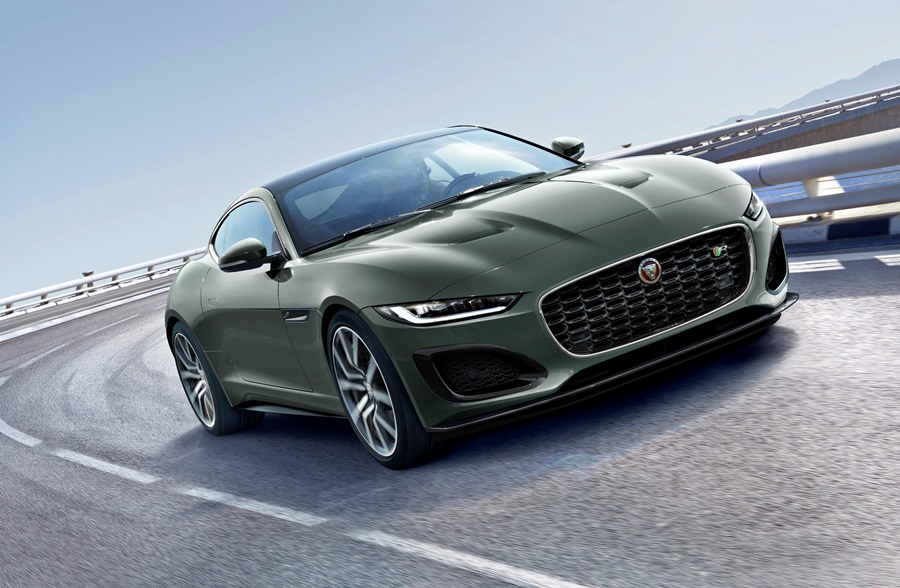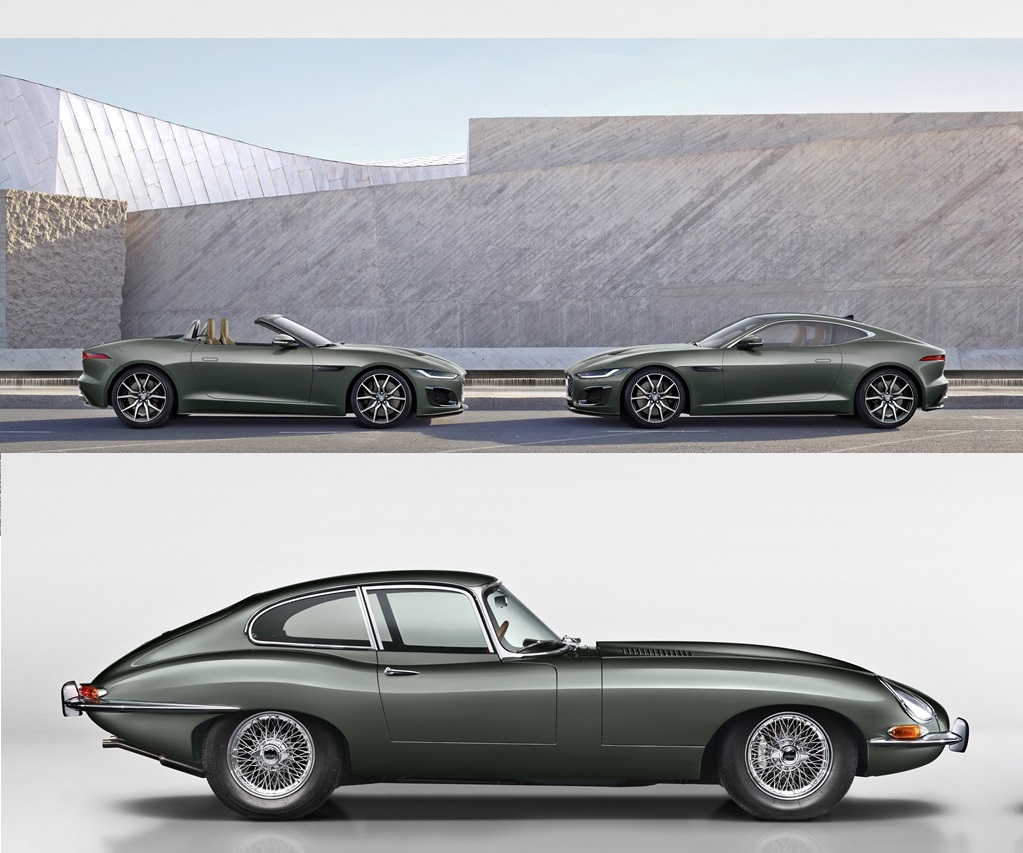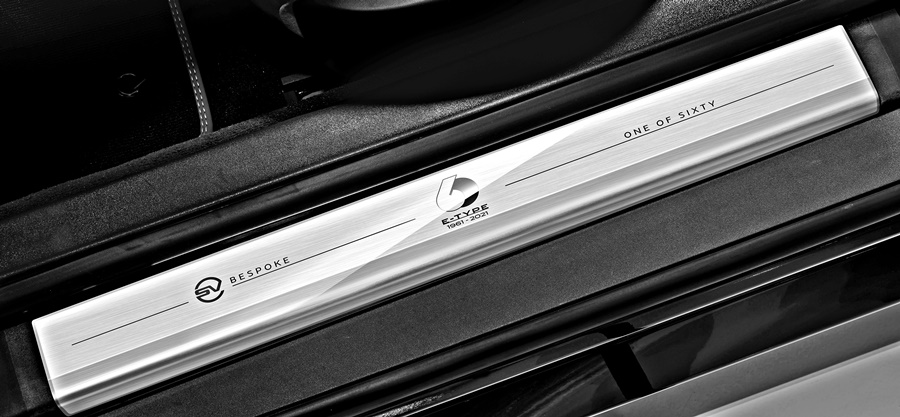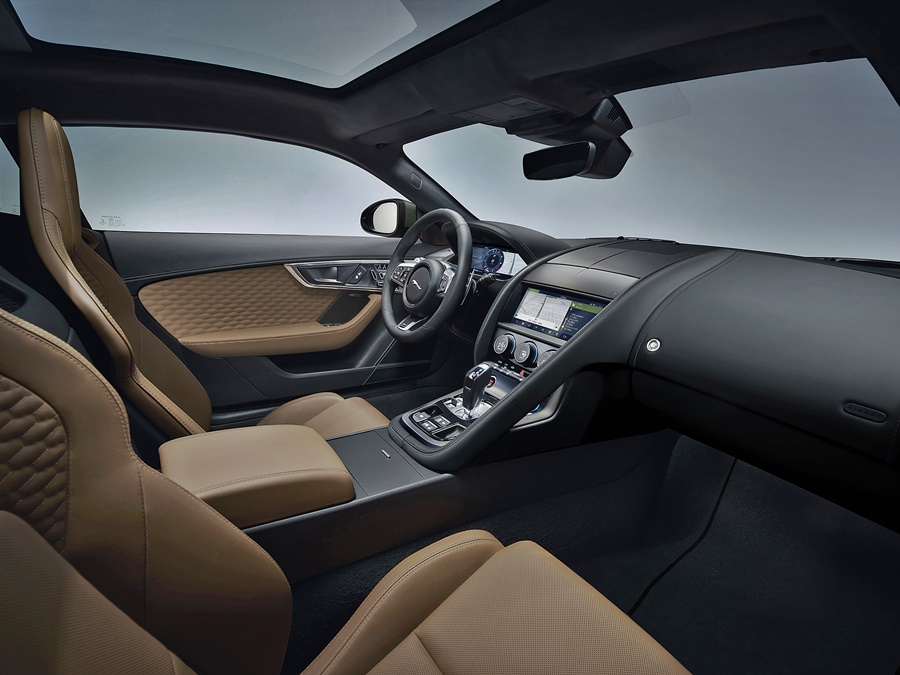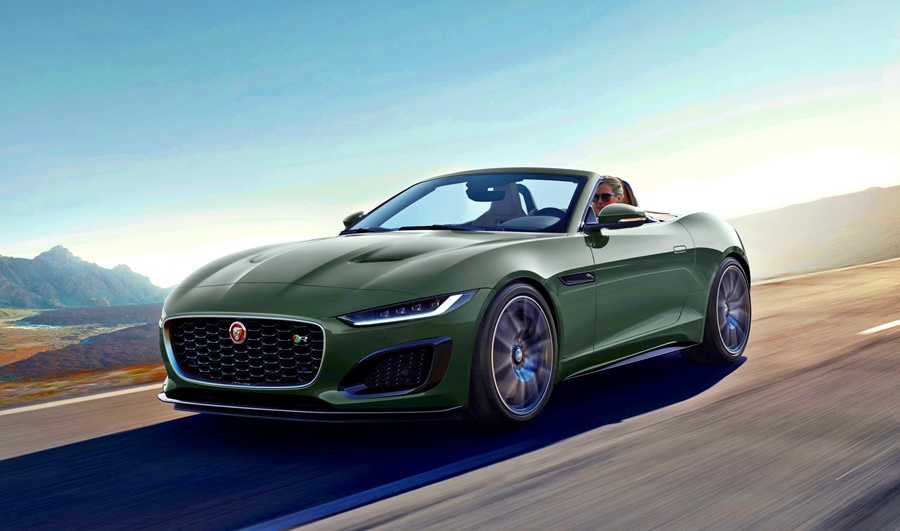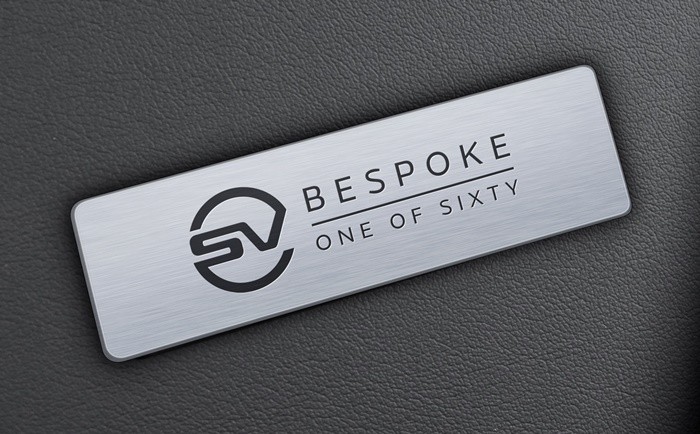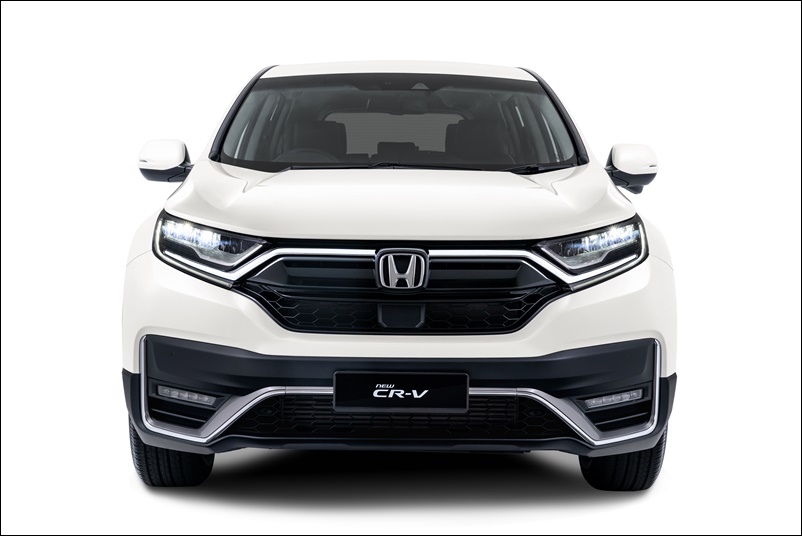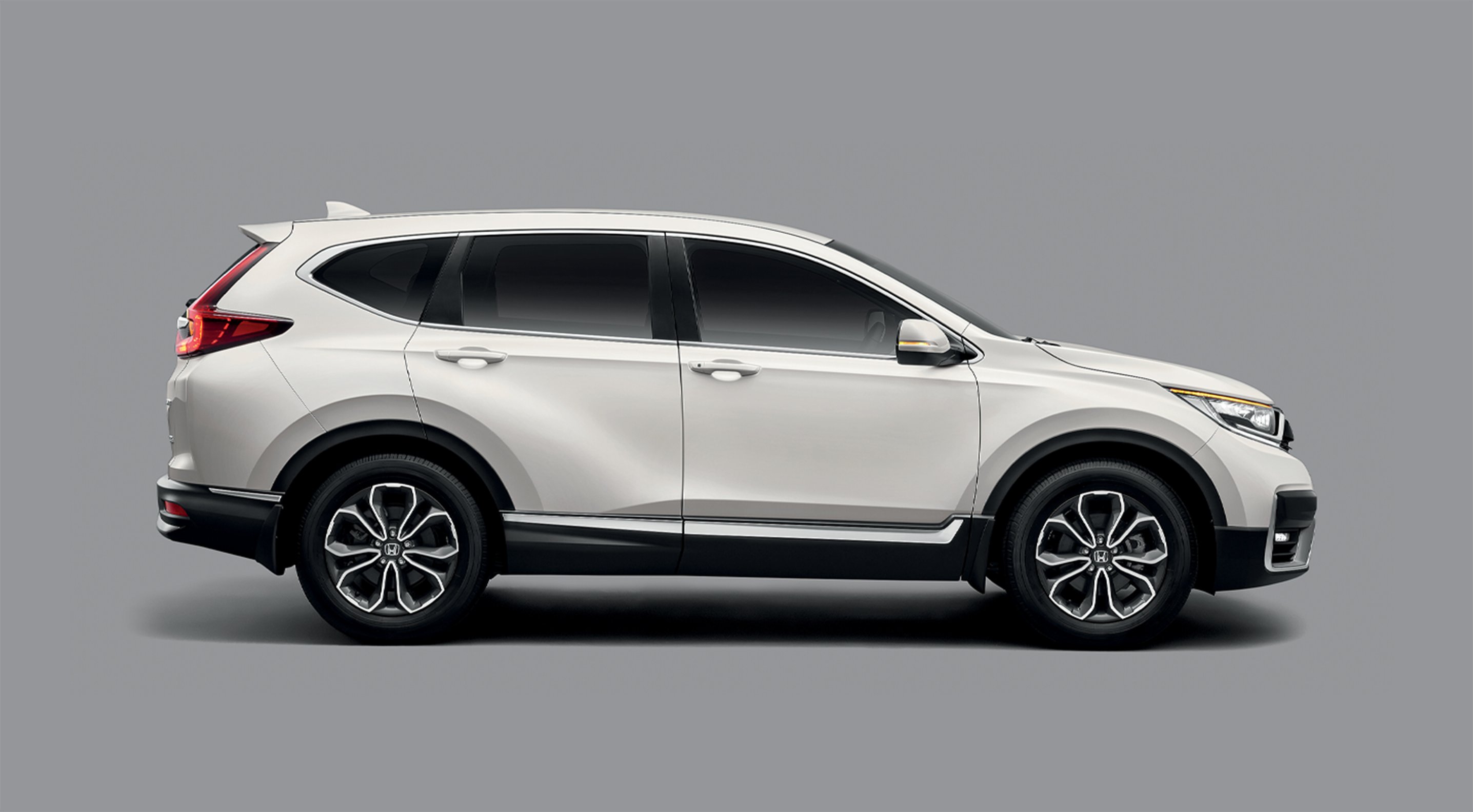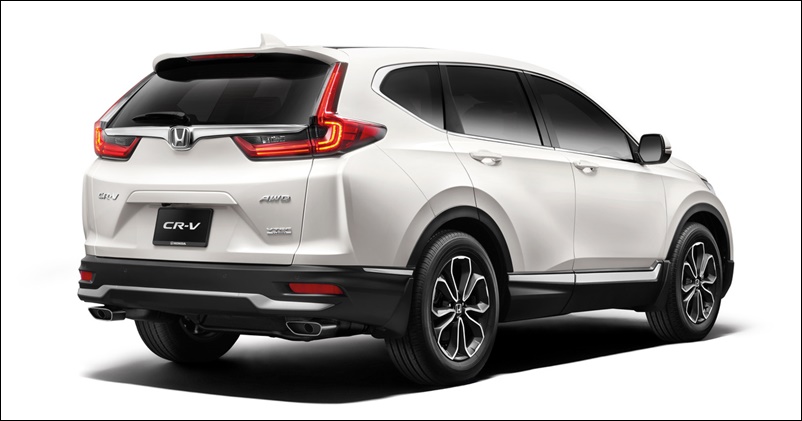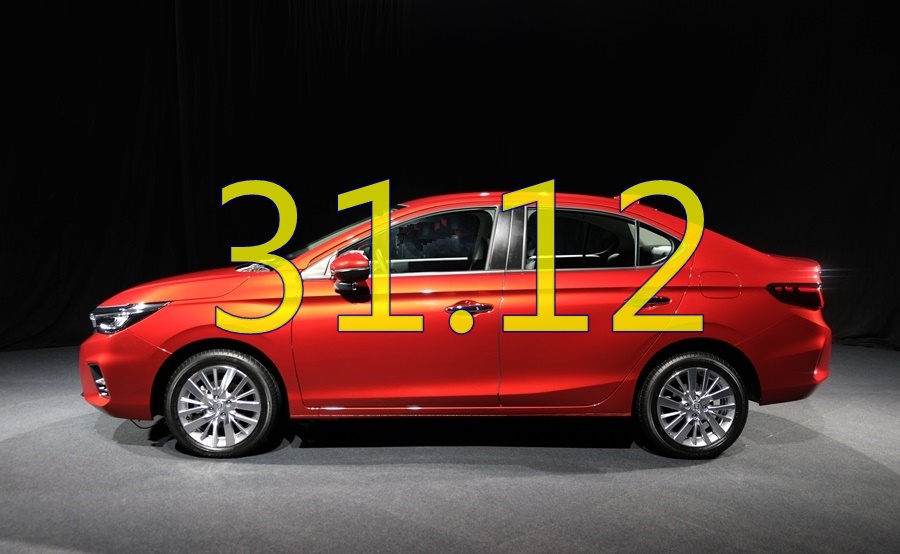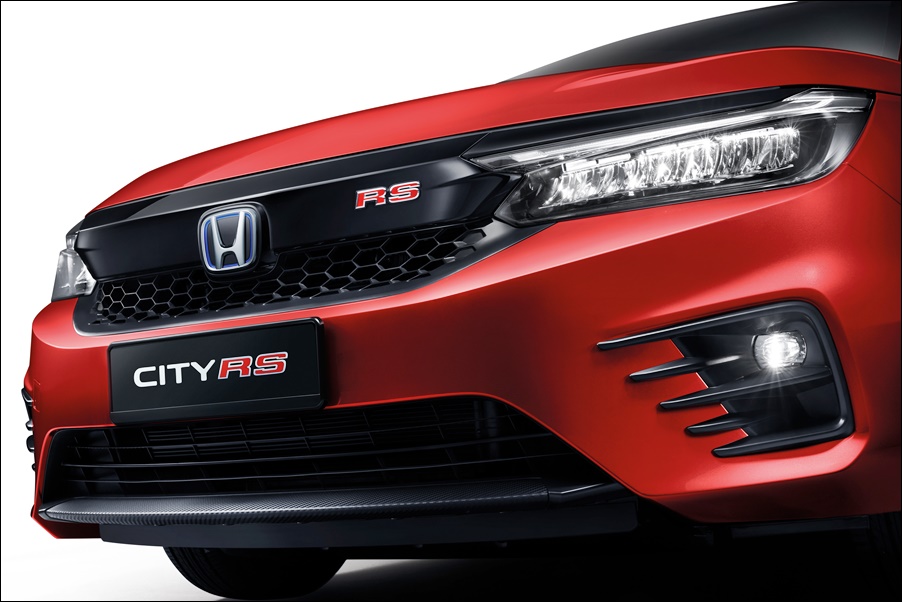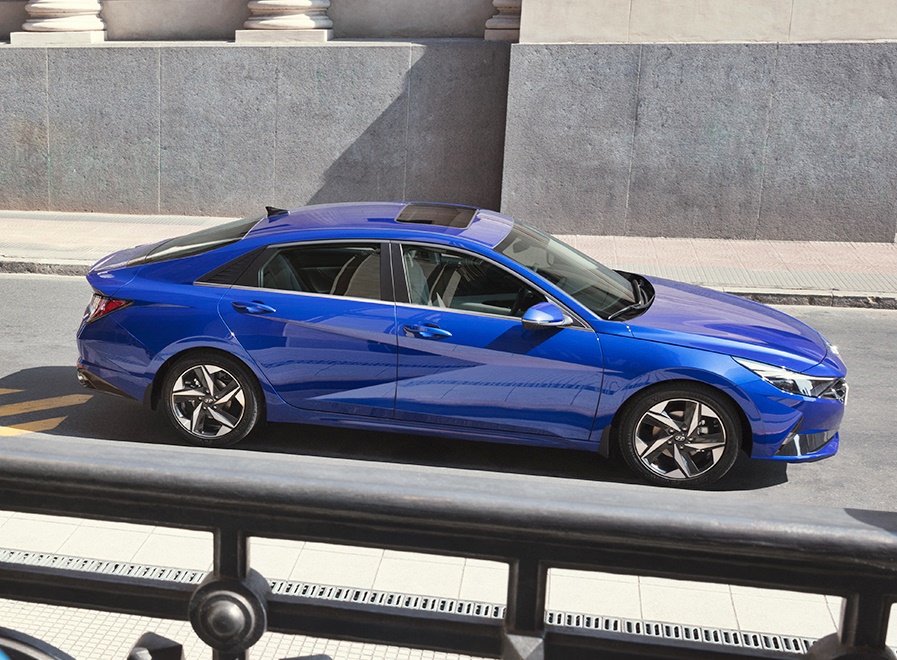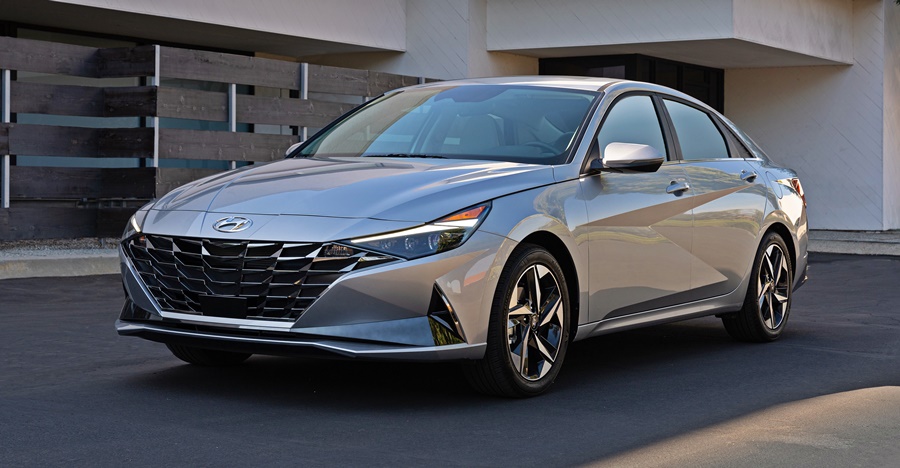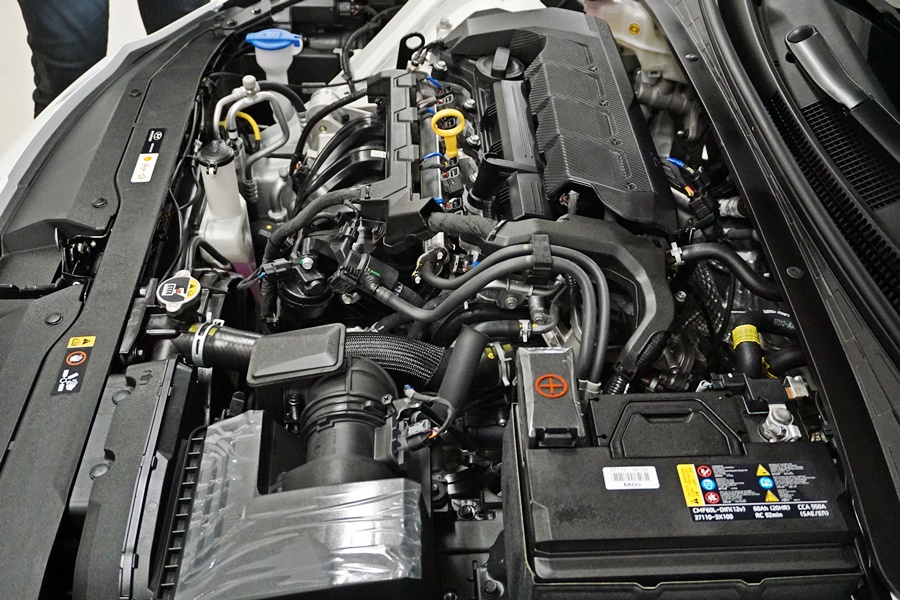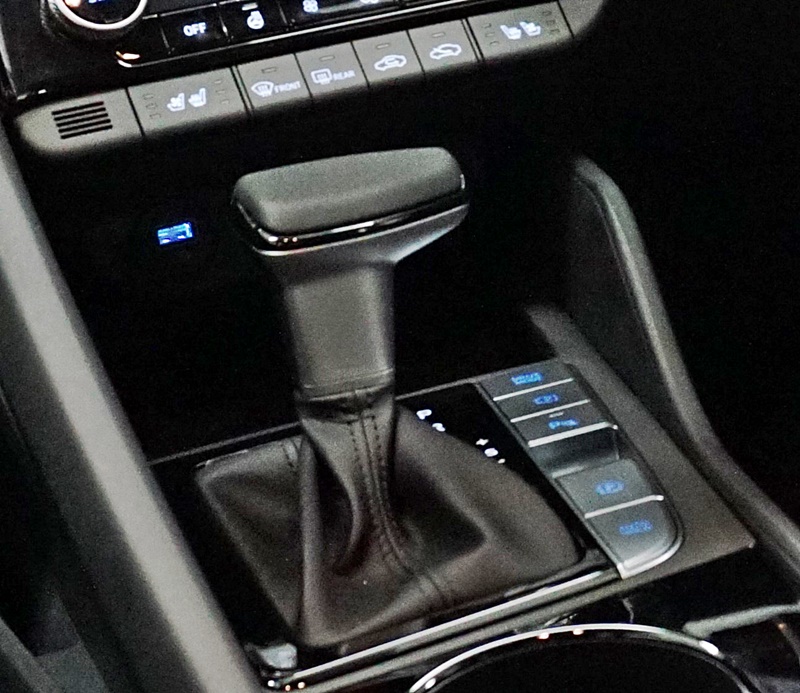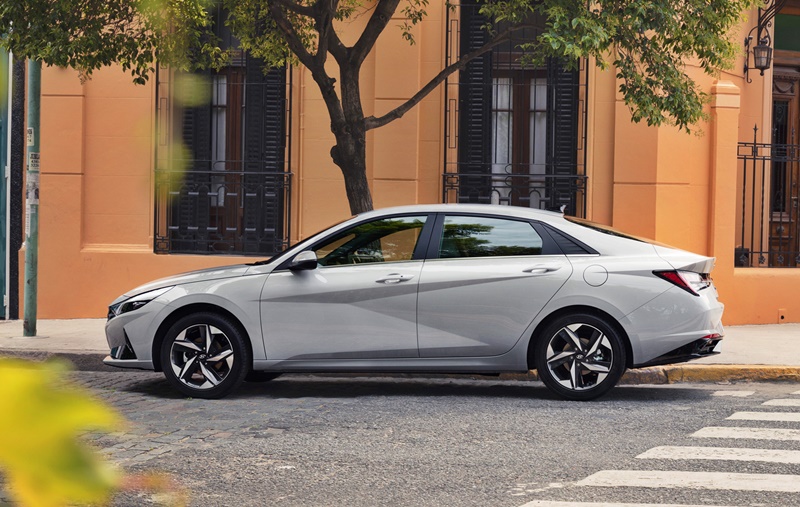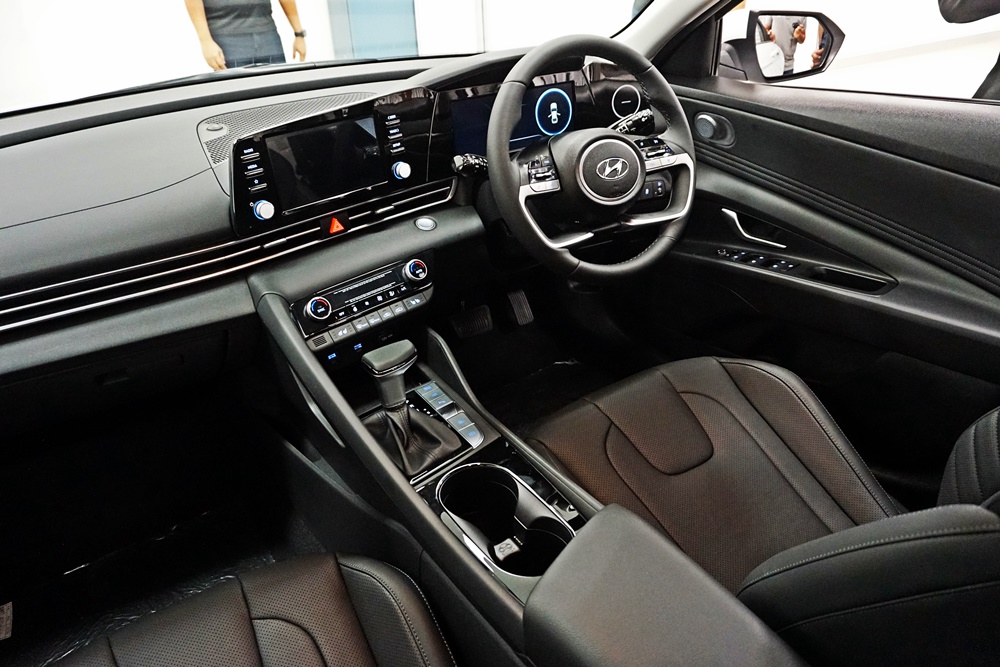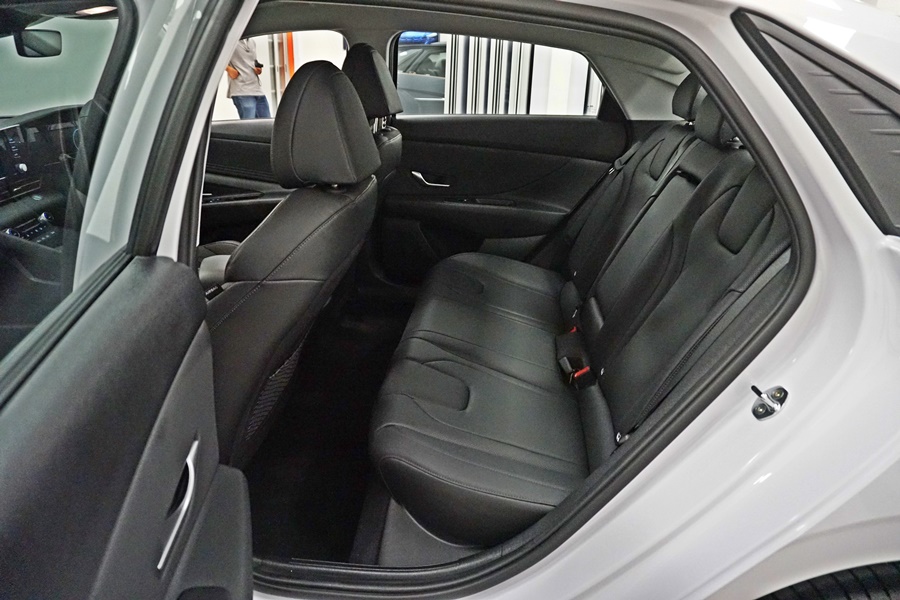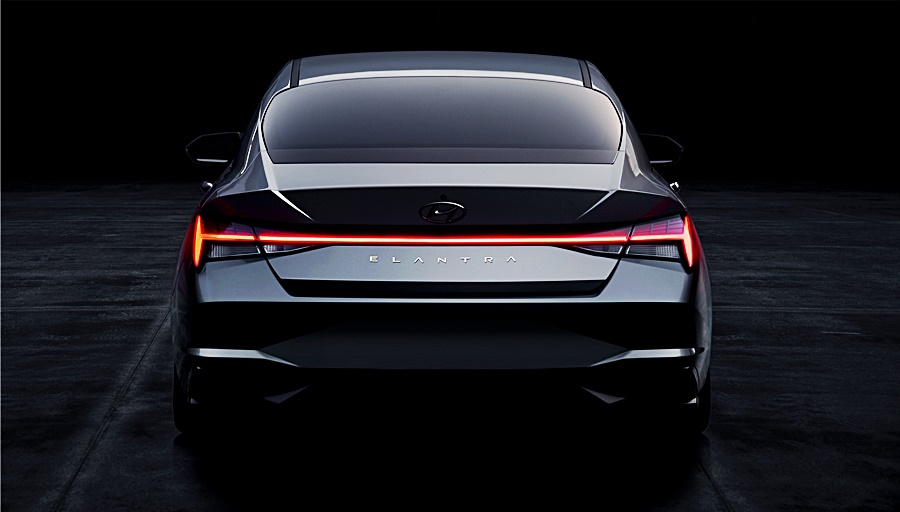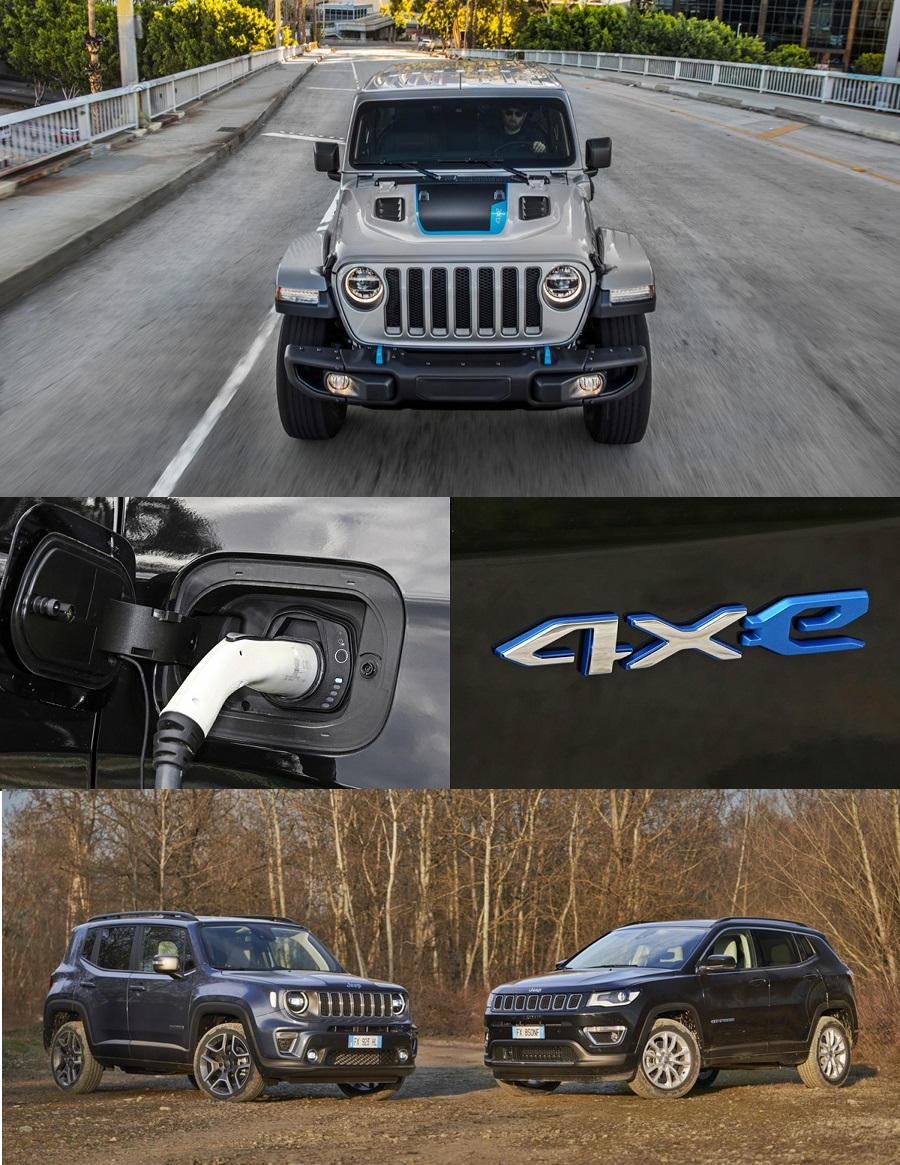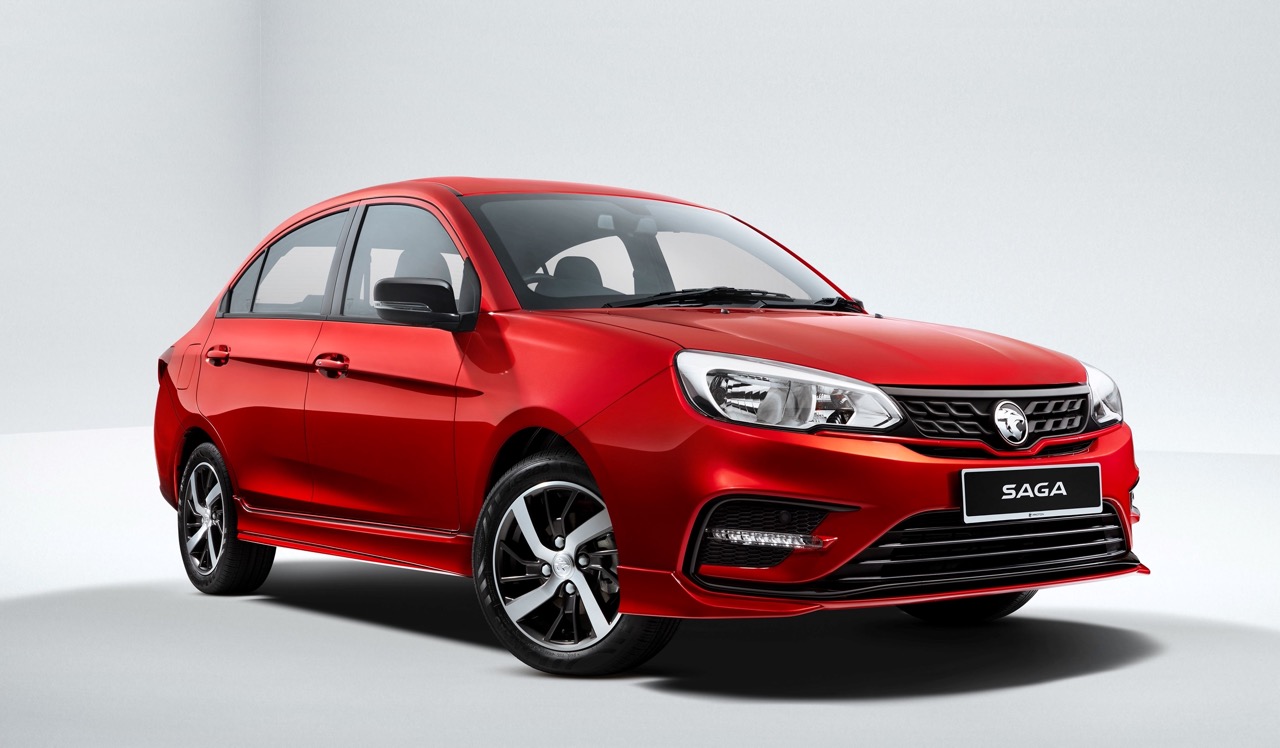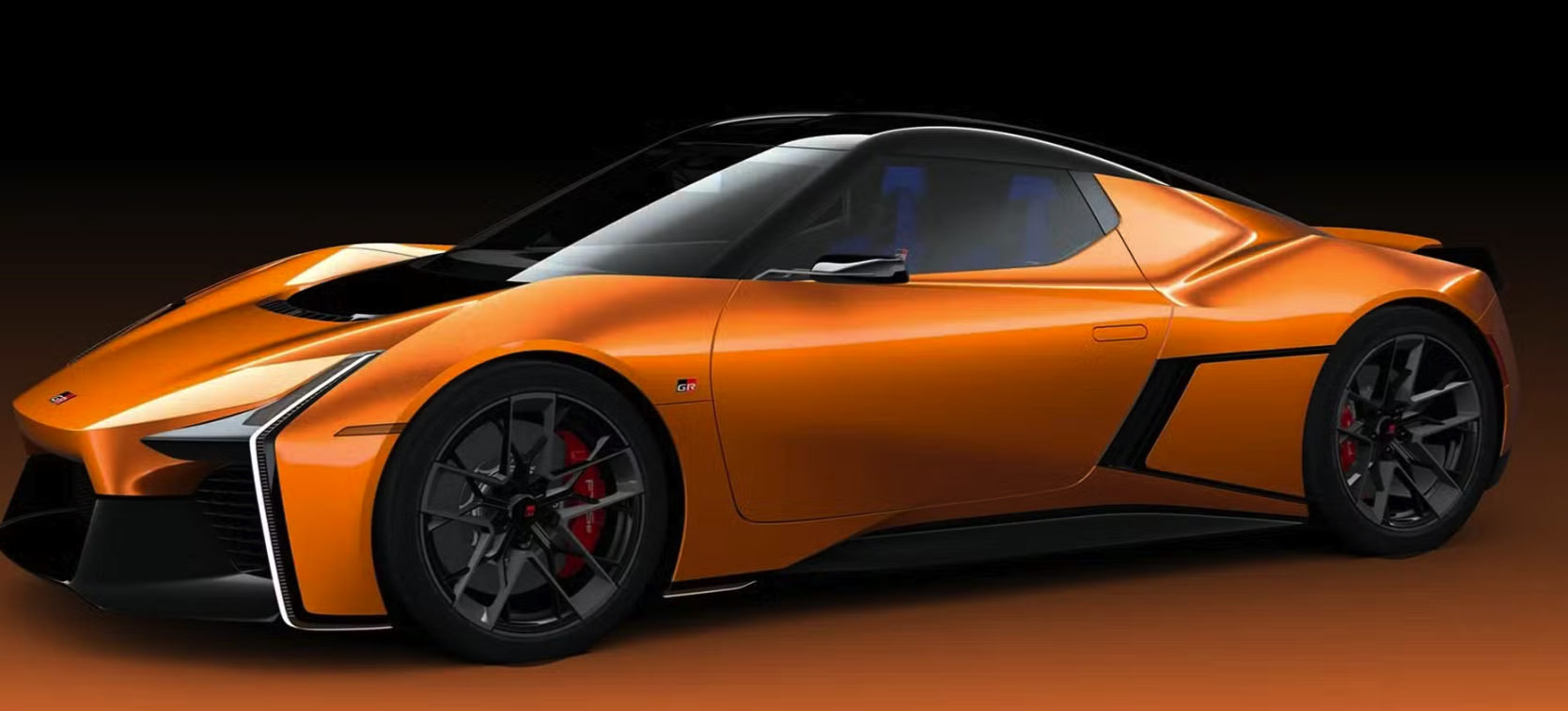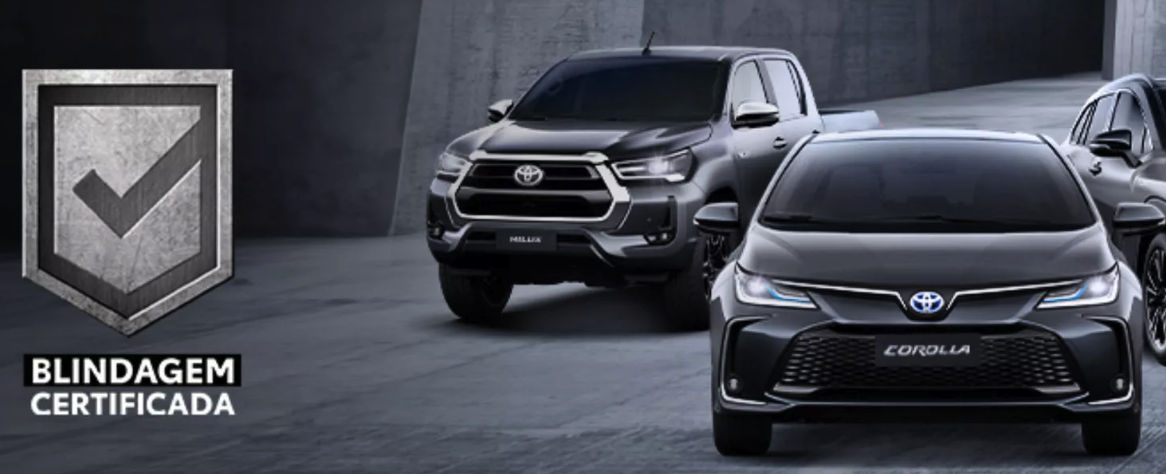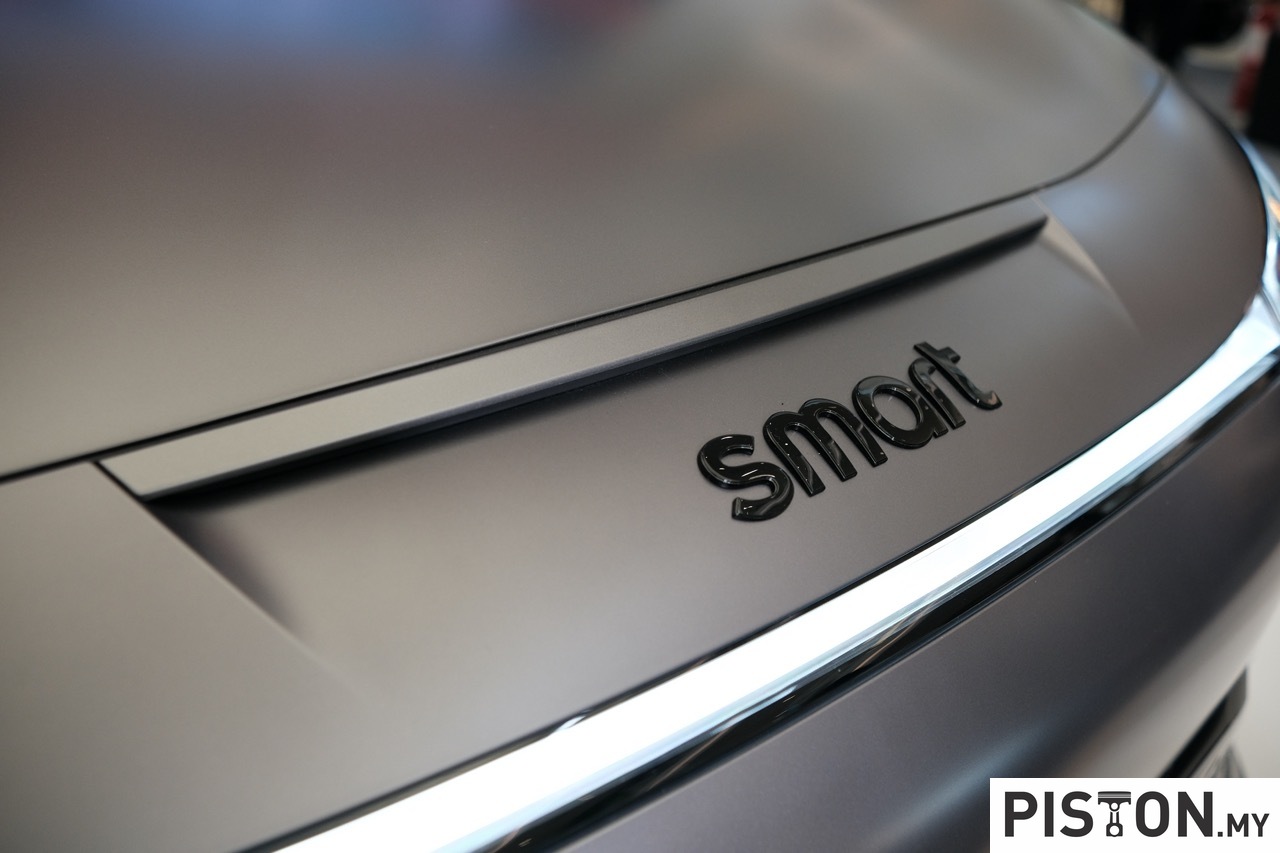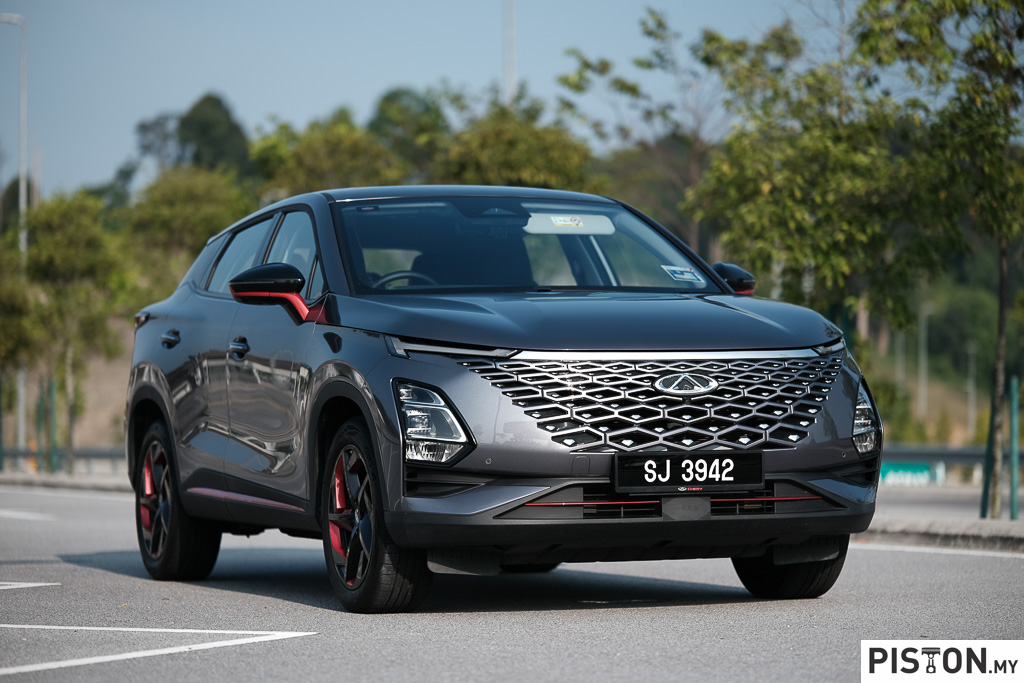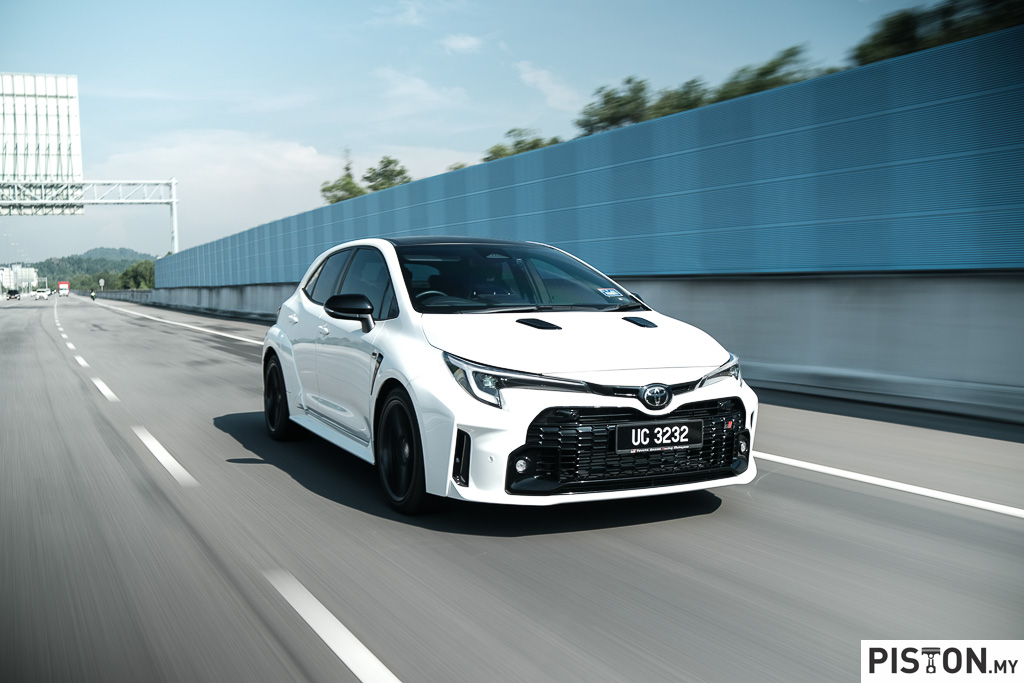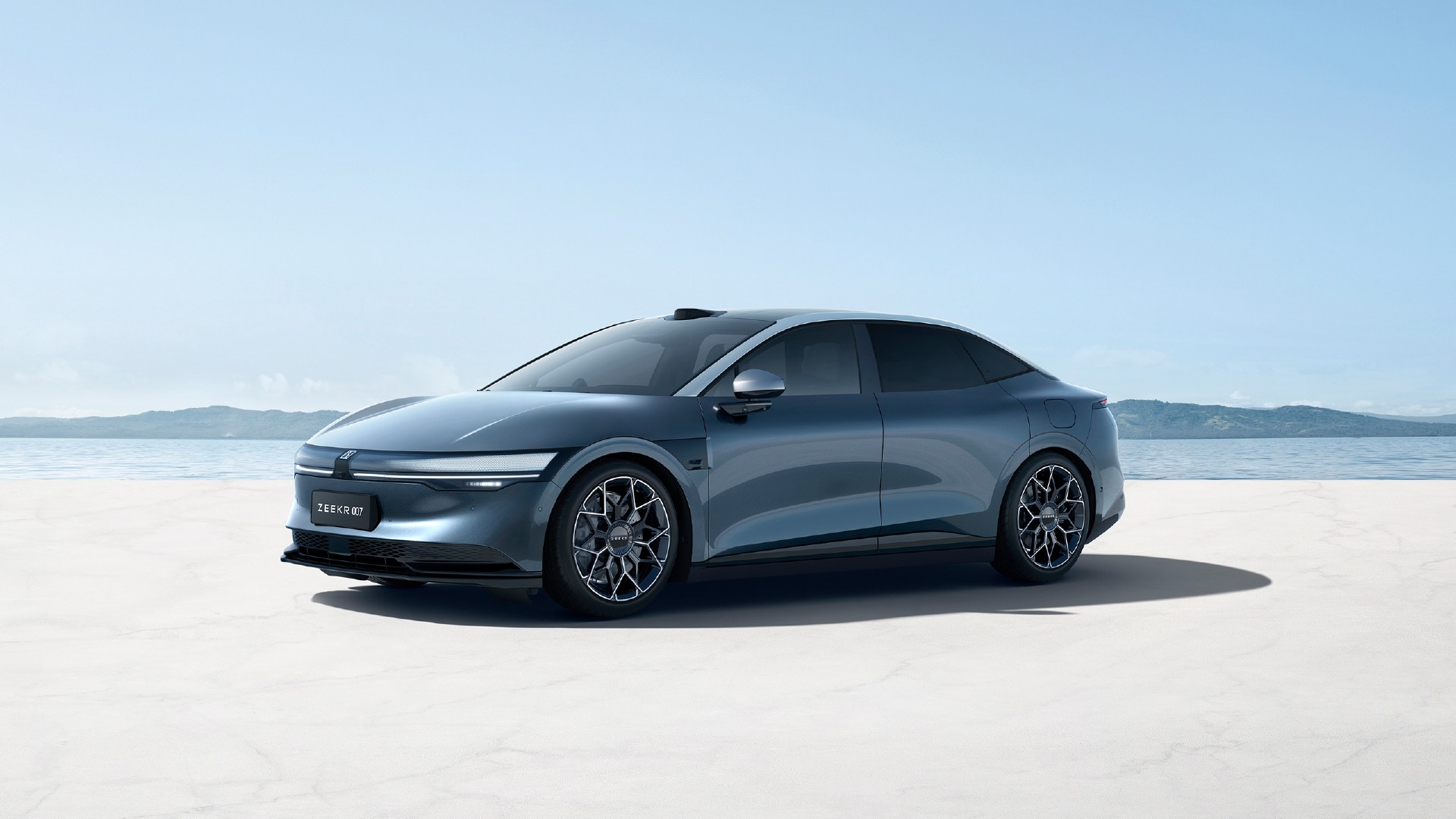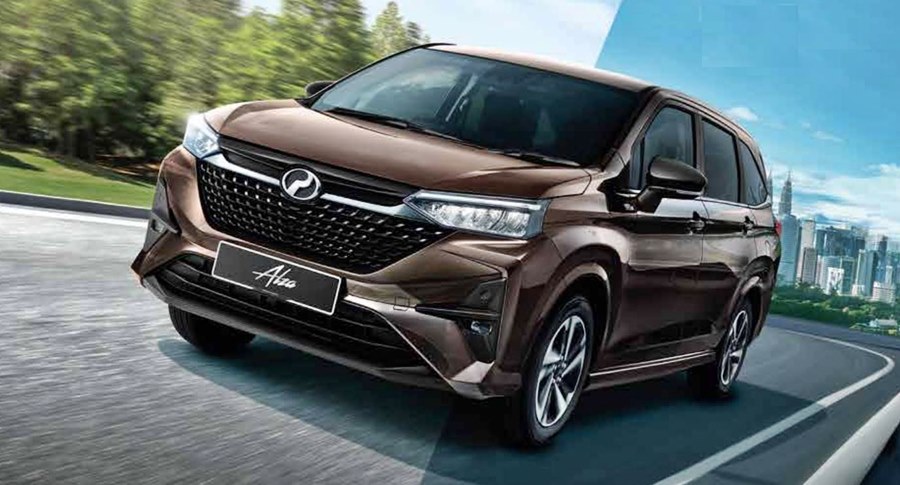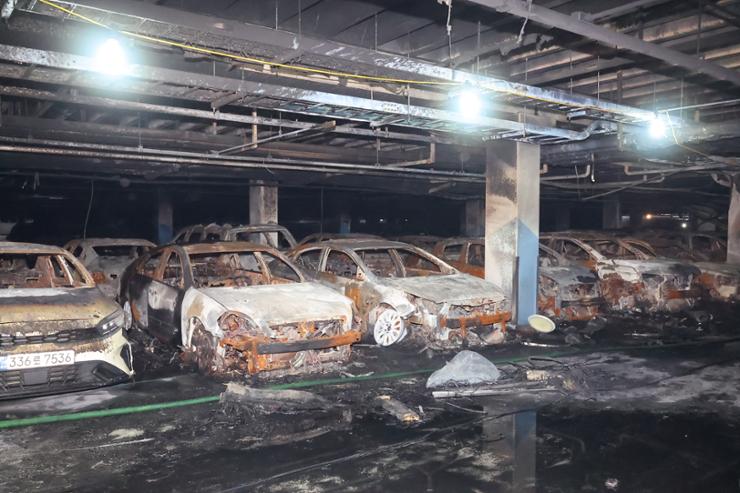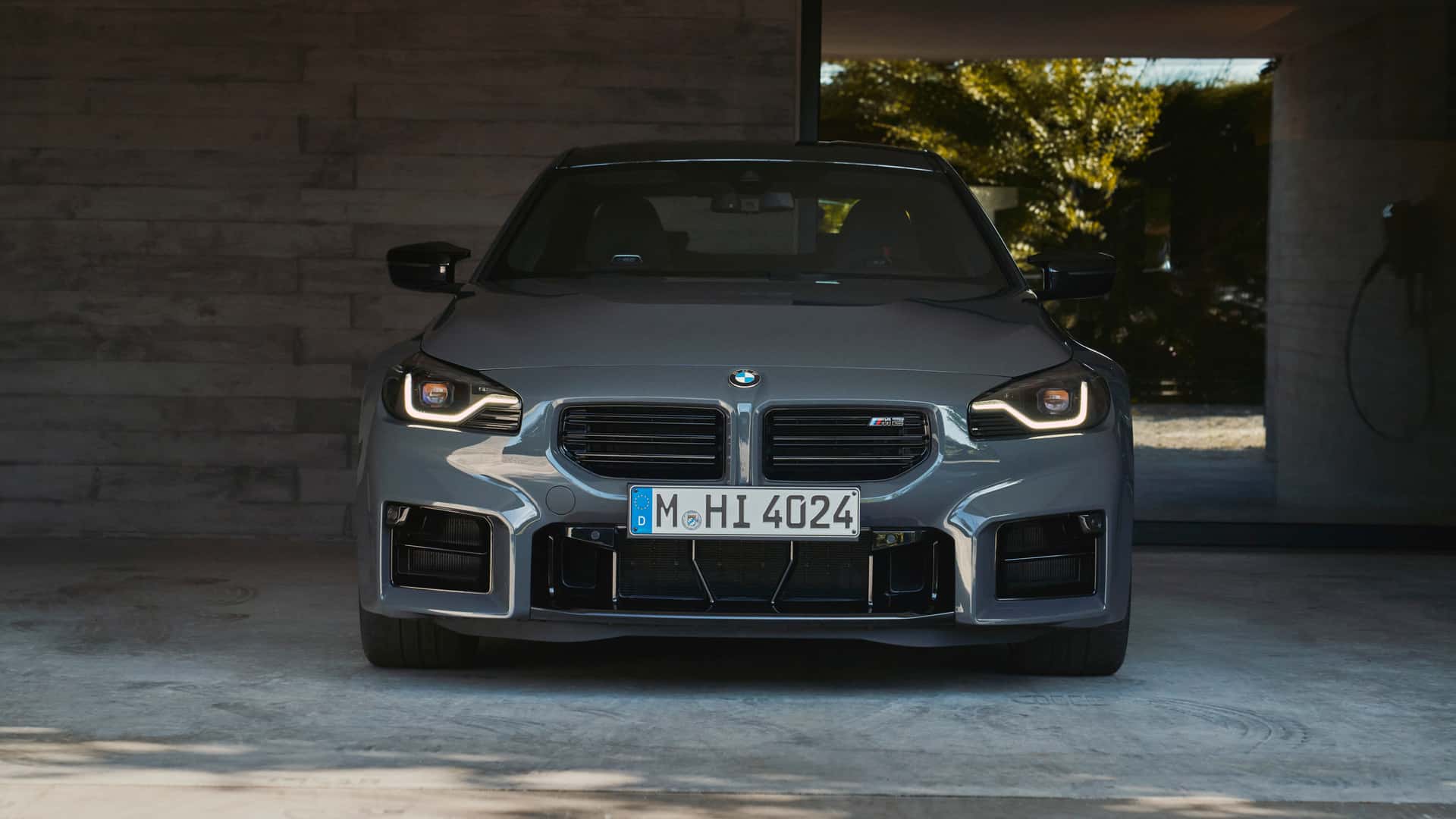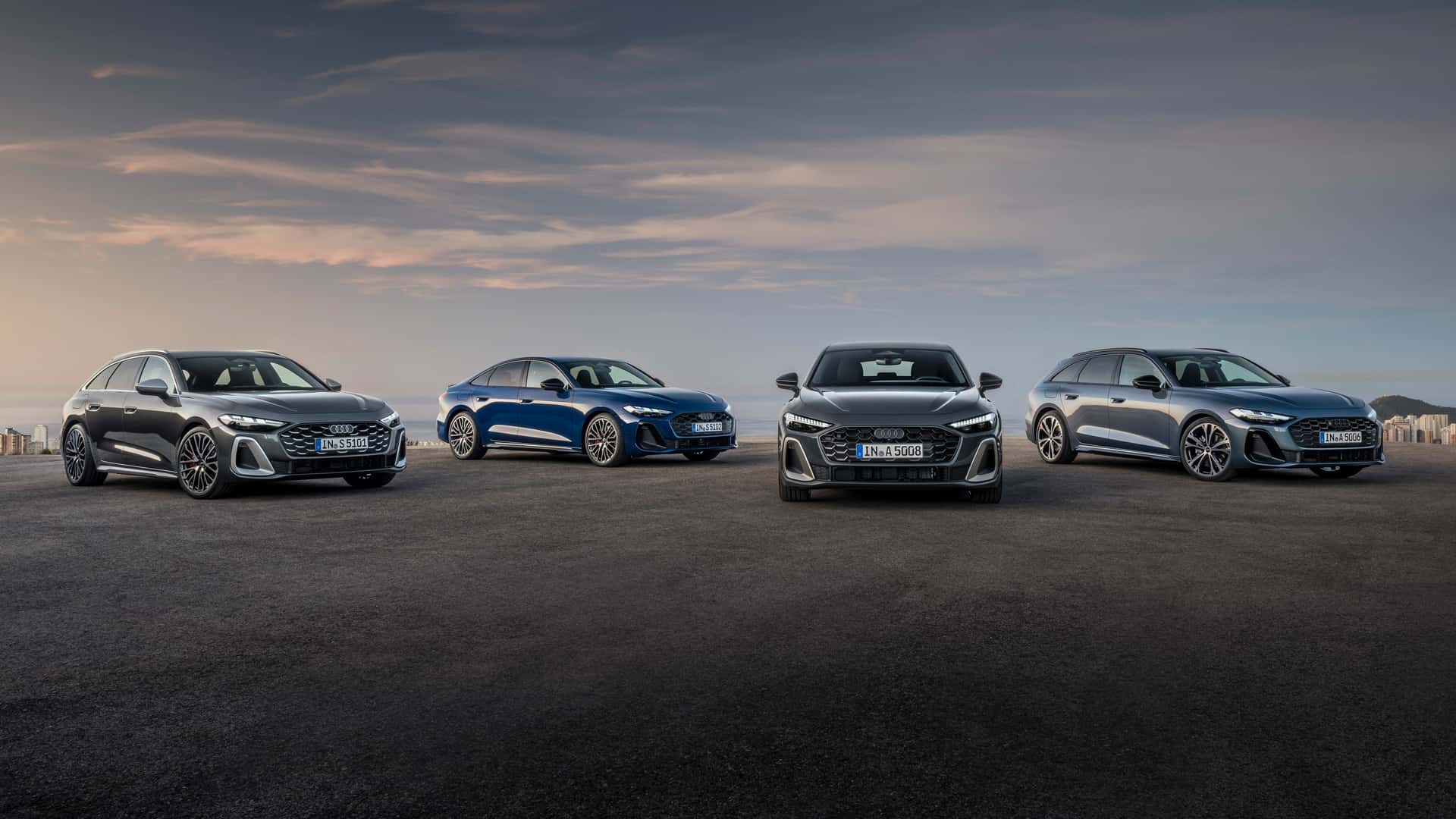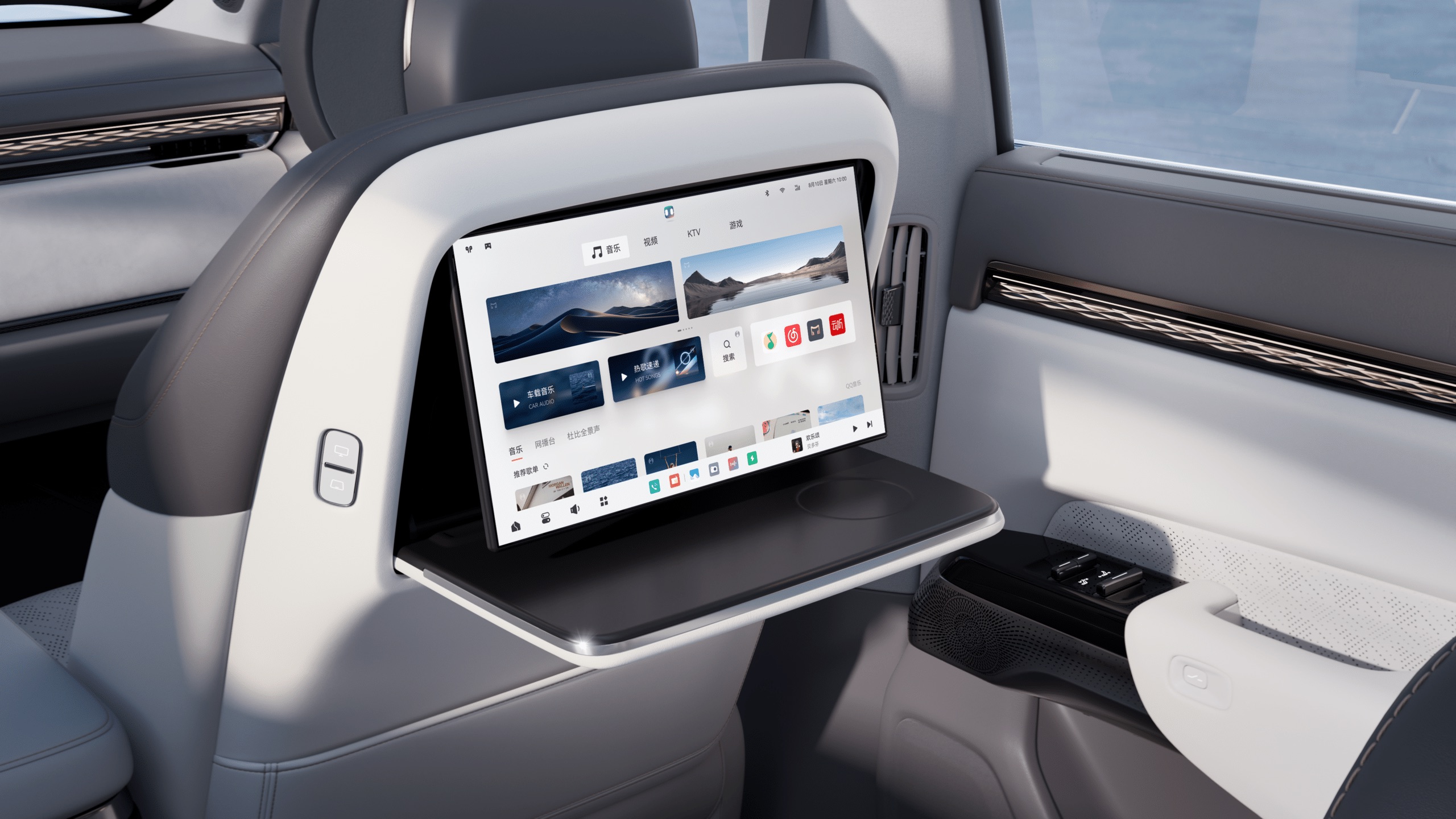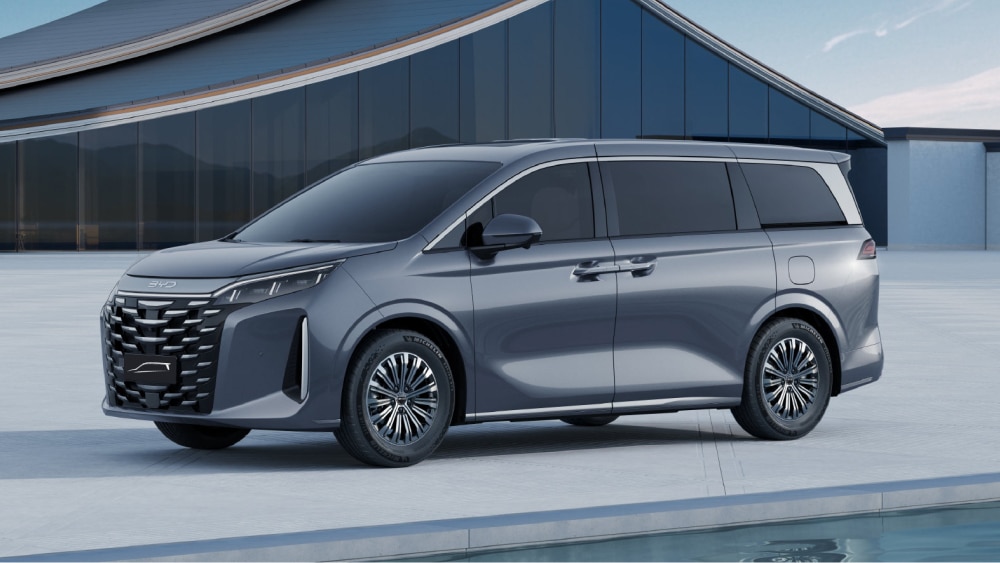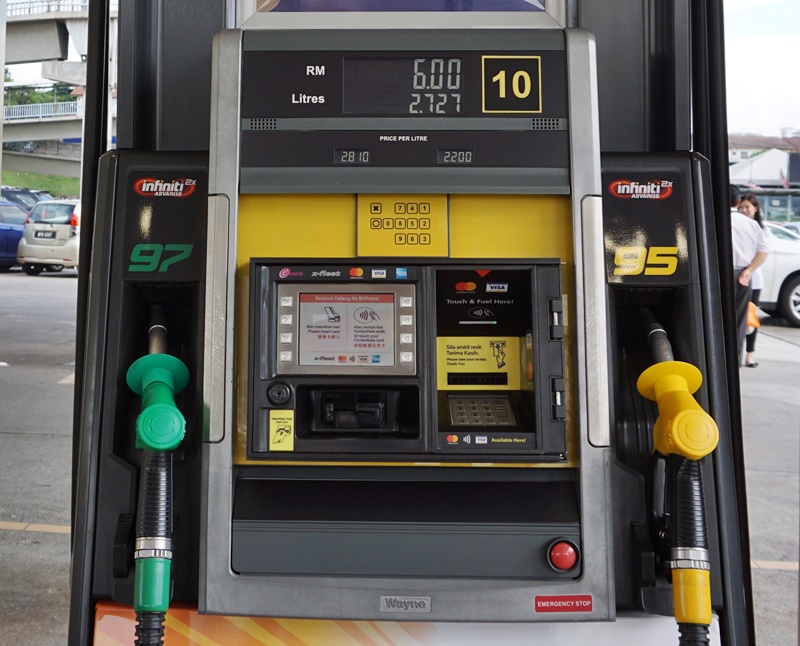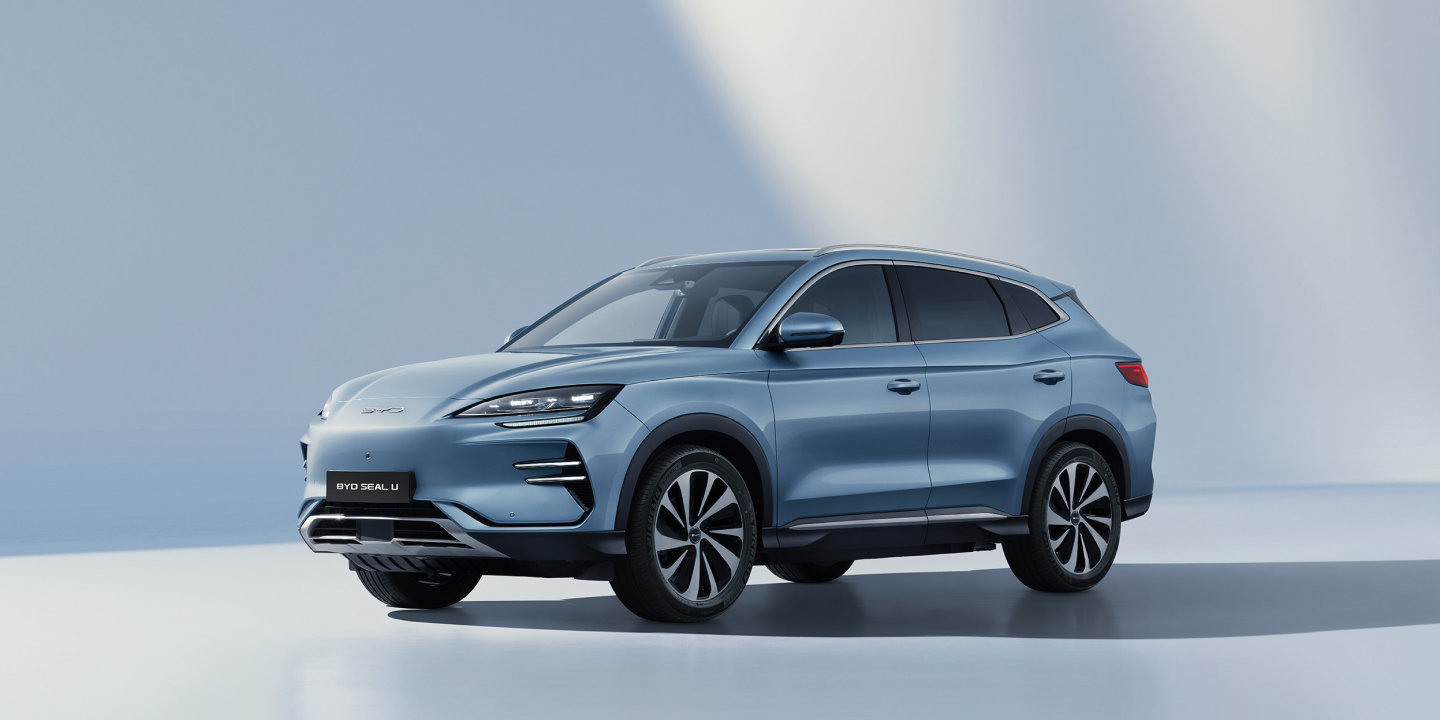Race starts at 5:10 pm in Abu Dhabi/9:10 pm in Malaysia
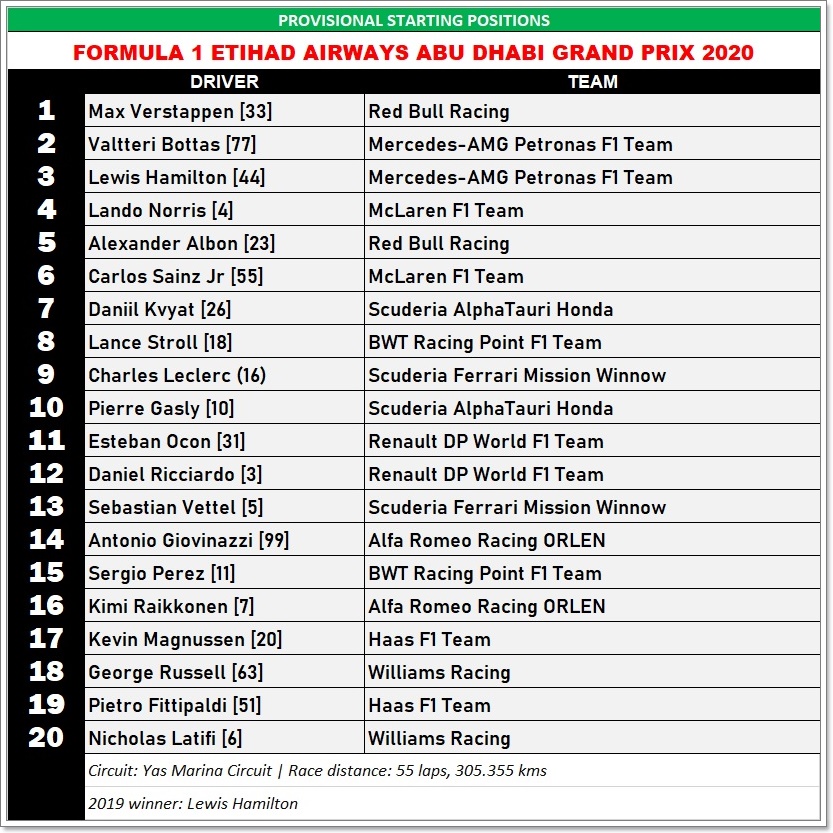
It has been a challenging year for the Formula 1 World Championship with the first half the year seeing suspension of activities due to the COVID-19 pandemic. And once things improved and countries were willing to allow some events to run – with strict conditions – a revised calendar events was quickly drawn up. Some new tracks found to make up the venue numbers and, in some cases, two races were run at the same circuit over 2 consecutive weekends. This enabled the championship to have 17 rounds, starting in July and ending this weekend in Abu Dhabi.
The championship has not been without memorable moments, with Romain Grojean’s accident at the Sakhir Circuit in Bahrain being the most shocking. But fortunately, the many safety measures that had been devised over the years worked and helped prevent loss of life.
Lewis Hamilton will race
And then there was the episode of Lewis Hamilton, already confirmed as the 2020 World Champion, testing positive for COVID-19 and having to go into self-isolation. This resulted in him missing the second race in Bahrain, with his place taken by George Russell who was released from the Williams Racing team to drive for the Mercedes-AMG PETRONAS team in Hamilton’s car.

Russell put in a fine performance, even getting ahead of team mate Valtteri Bottas. But a big mix-up of tyre-changing and then a puncture prevented Russell from what might have been victory or at least a podium finish. It was a huge disappointment to everyone, with the team being fined as well for the wrong fitment of tyres.
Hamilton was tested again this week and returned negative results and was permitted to leave Bahrain and enter Abu Dhabi, just an hour-plus away by air. He was pronounced fit enough to drive and so Russell returned to his team to race this weekend at the final round.
4,700 lights for evening race
This is the twelfth time since 2009 that the Yas Marina Circuit has been used for a F1 round, usually the season finale. It starts at 5:10 pm and the 55-lap race continues into twilight when 4,700 lights come on to provide illumination around the 5.554-km track.
The teams are obviously familiar with the circuit and how to set up for it. They have also come to understand how to make compensations for the differences in track temperatures that are higher during the early practices but cooler for qualifying and the race which occurs in the evening.
Low abrasion on circuit
Traction demands are high and abrasion is not, especially as there are no support races this year. Overtaking becomes more difficult as the race progresses, because the softer tyres – Pirelli will bring the three softest compounds to Abu Dhabi – produce a lot of marbles. This means there is a big loss of grip when running off the racing line.
There are 7 braking events at the Yas Marina Circuit and 2 of those are classified as ‘heavy’ (meaning the driver is braking for 0.4 seconds or longer, with 4g or more). It punishes the brakes, but the long straights allow them to cool, keeping temperatures at bay – unlike tracks such as Budapest where a relentless run of corners and lack of long straights make it difficult to cool the brakes.
The pit lane is the only one in F1 to feature a tunnel, with drivers passing under the circuit at the pit exit, in order for cars to rejoin on the left-hand side of Turn 2. Because the drivers are fed back onto the track during a corner, it can prove tricky to see other cars.
The championship battle
With 5 victories at this circuit since 2011, Lewis Hamilton has won the most times. Sebastian Vettel is second with 3 wins to his name. Mercedes-engined cars have won 7 times in 12 years, while Renault-engined cars have won 3 times.
While the crowns for the Drivers and Constructors titles have already been confirmed, there is still a great deal at stake in this final race of 2020. Max Verstappen is 16 points behind Bottas and could still finish off second in the championship.
While Red Bull Racing (to become Aston Martin Red Bull Racing in 2021) is secure in runner-up position, the order for third, fourth and fifth places remains undecided and will be fought between BWT Racing Point, McLaren and Renault.





